Ep. 18: Monthly Girls’ Nozaki-kun vol. 1 by Izumi Tsubaki
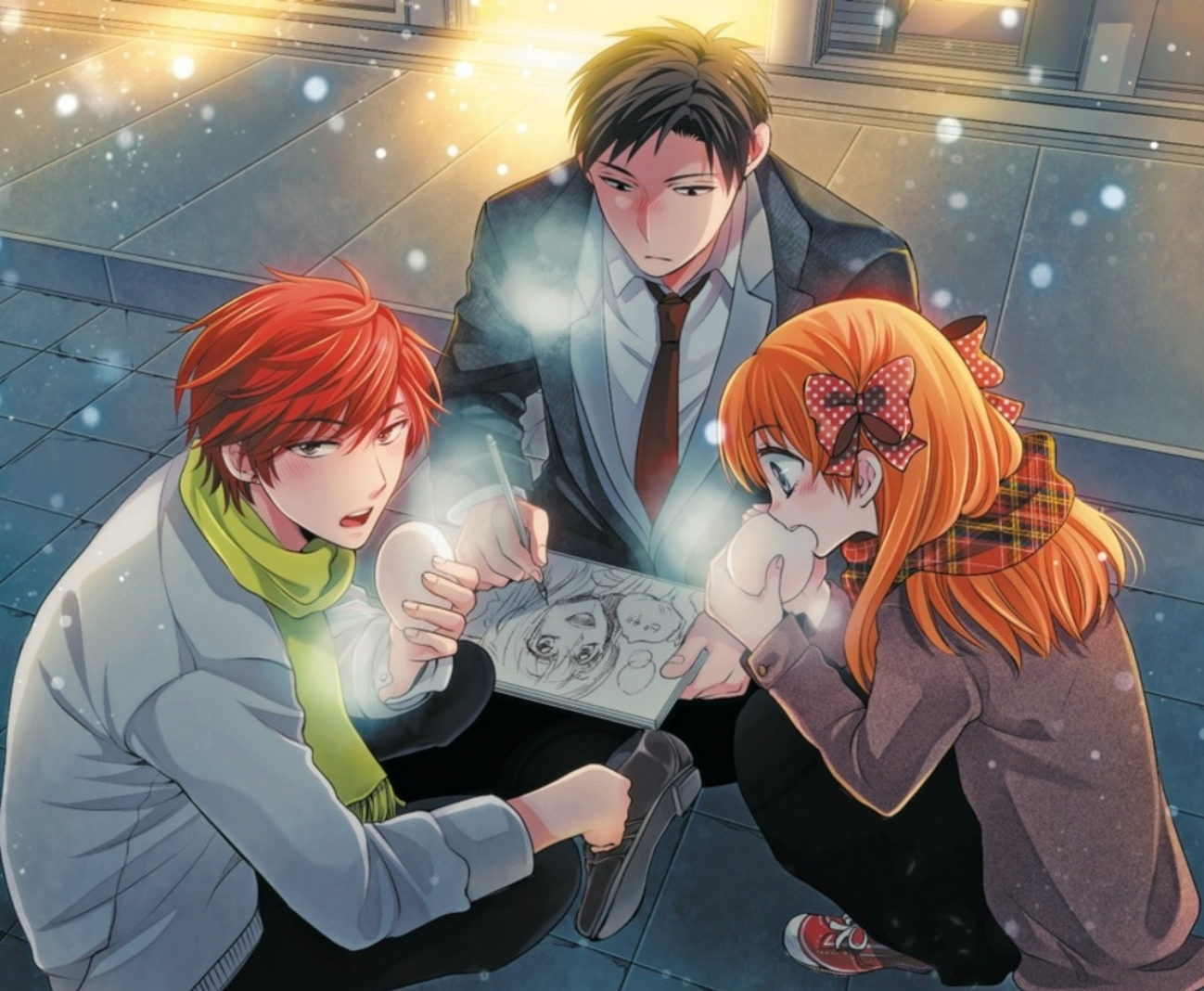
A manga… about making MANGA? Will this recursive bit of shoujo comedy delight or dismay Chip Zdarsky and the Mangasplaining gang? Only one way to find out…! Plus the team gives their picks for the manga gems that they wish would come back into print!
Powered by RedCircle

Monthly Girls’ Nozaki-Kun
月刊少女野崎くん
By Izumi Tsubaki
Translated by Leighann Harvey
Lettered by Liz Blakeslee
Published by Yen Press (Print/Digital)
00:00 Before we start: Here’s the first four pages of the manga that will explain what it’s all about. Normally I wouldn’t do this, but English publisher Yen Press makes these pages available as preview pages on a number of sites, so I gotta assume this is okay and it’ll help you understand the flow of the manga. But, honestly, this is worth a read so maybe go grab a copy of this if this grabs you…!
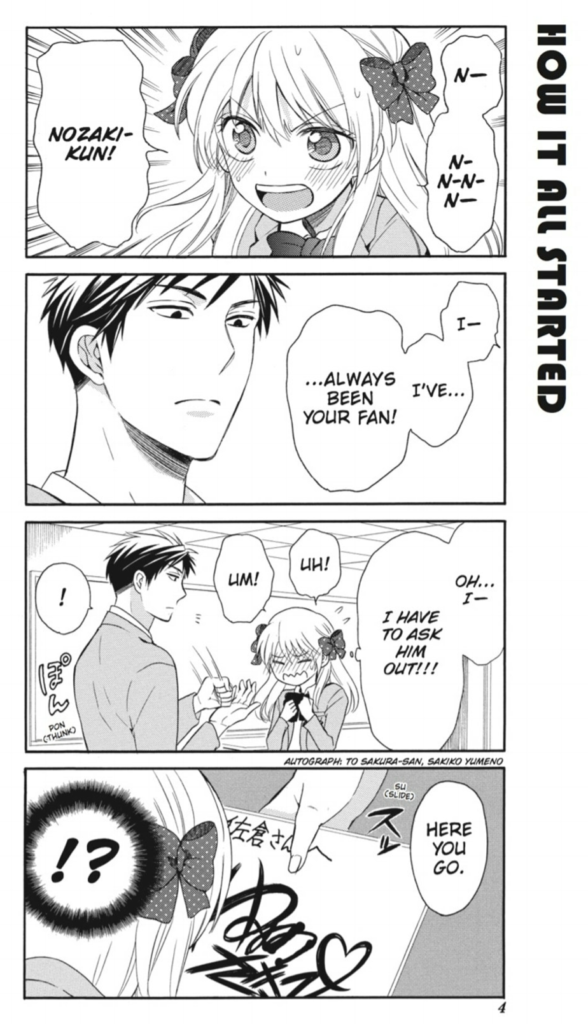
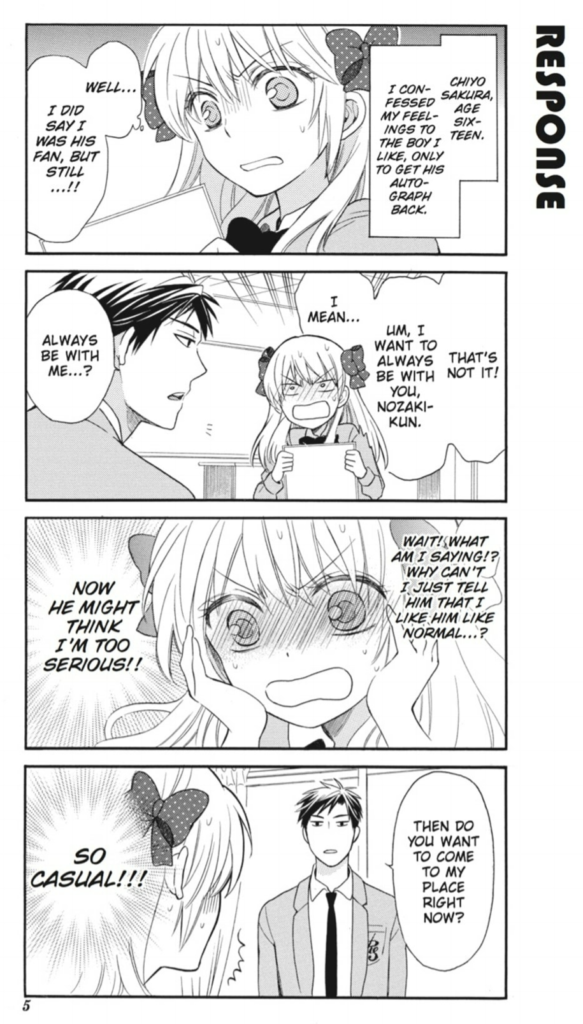
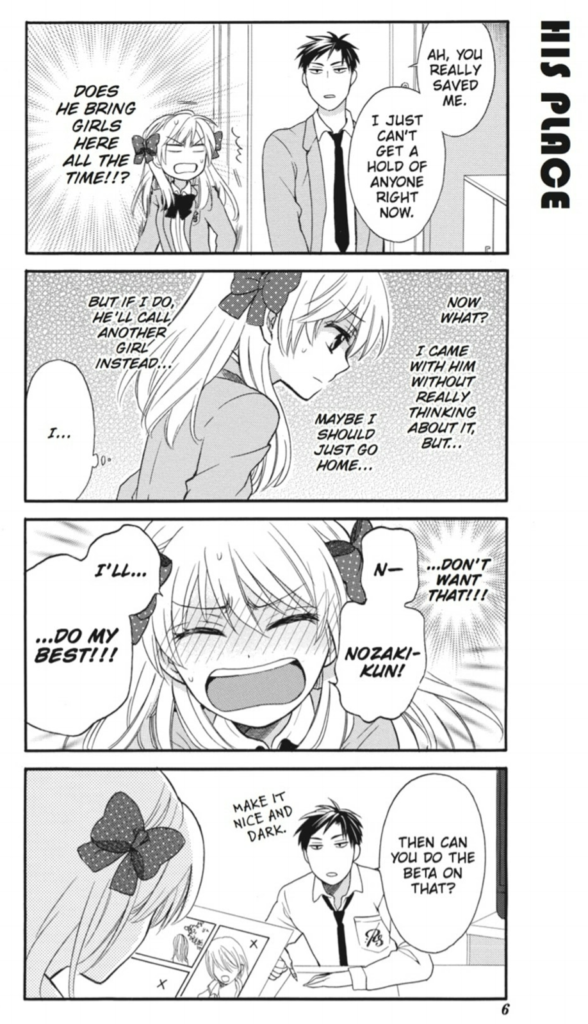
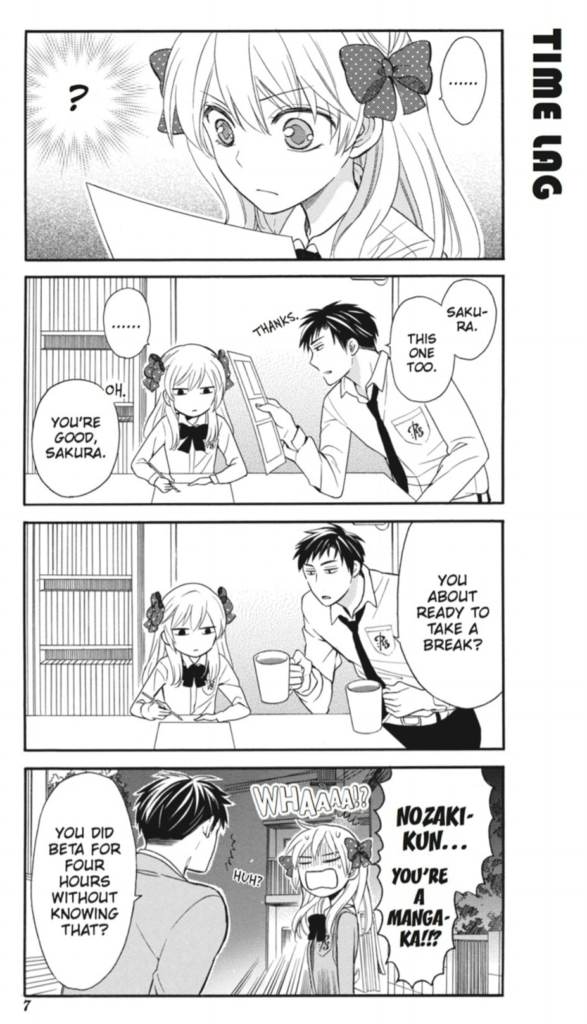
02:45 Yeah, I think we even put Weekly Girls Nozaki-Kun instead of Monthly Girls’ Nozaki-Kun up online a few times in graphics and stuff. WHOOPS! Sorry about that.
We’ve actually had quite a few people suggest reading the Shonen Jump series Bakuman by Tsugumi Ohba and Takeshi Obata, probably the most popular manga-about-making-manga released in North America. We get it, it was in Jump and had a very popular anime series–it’s popular! But Nozaki-kun is much funnier and maybe a much better choice for Chip, in Deb’s opinion. And honestly, we need more shojo. We all need more shojo. Read more shojo.
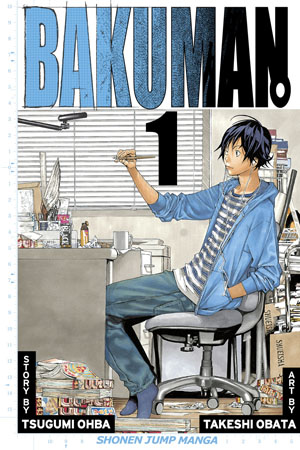
And as for manga-ka who got their starts while still in high-school, Deb dug up the fact that shojo manga creator Nana Haruta, author of Cactus’ Secret (VIZ Media), made her professional debut at age 15! So, not too far fetched.

3:05: So, yeah, the manga of Nozaki-kun mangaka Izumi Tsubaki is a bit quirky!
First a bit about Izumi Tsubaki-sensei: Her shojo works have all run in Hakusensaha’s Hana to Yume (Flowers and Dreams) shojo magazine, and she actually debuted in that magazine after coming in third place in one of the magazine’s manga-making challenges. But considering she got a full-time career out of it, maybe she was actually the big winner there eh? Here’s a video of her drawing Oresama Teacher from 2011.
Her first release in English was her second-ever series, The Magic Touch, a shojo manga about a girl who is “the star of her high school’s reflexology club” which is like, yeah sure, that seems real. She falls in love with the back of the most popular boy in school, and their will-they-won’t-they revolves around her getting to give him a back massage. 9 volumes.
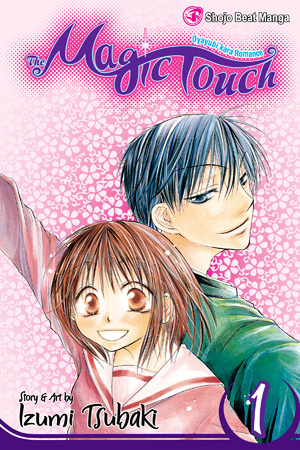
Her second release was much more popular, the shojo manga Oresama Teacher, which ran for 29 volumes and just finished up in Japan last year. VIZ is serializing in English and the 29th and final English volume comes out on July 6th, in just a few weeks! The story is about the teen leader of a girl gang who gets expelled for fighting, and then sent to a prestigious private school and told she be disowned by her family if she gets caught fighting again. She dons a mask and does her fighting anonymously, taking care of ‘problems’ at the school. That is maybe the best high-concept for a shojo manga I’ve ever heard of.
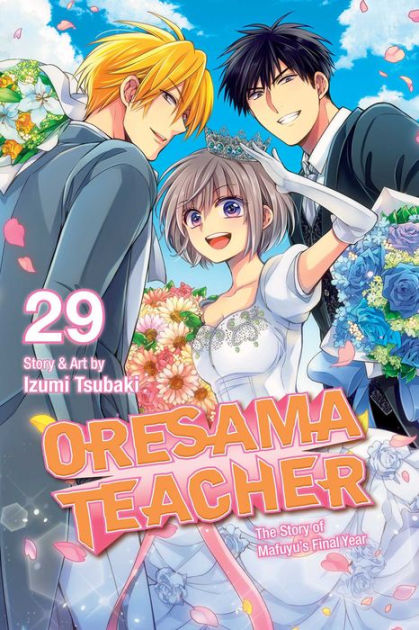
So yeah, her work is a little off-the-beaten-path, plot-wise, and already kind of exists to subvert shojo tropes in a way, it makes perfect sense to see her make a manga like Nozaki-kun.
5:05 David mentions Wotakoi: Love is Hard for Otaku, by Fujita. It’s a really great, cute series that follows two closet otaku: a lady who makes BL doujinshi and a guy obsessed with jRPG videogames, that starts as a relationship of convenience to cover for one another that turns into genuine affection. Their world grows and changes, drawing in more friends and family members, and is really wholesome, sweet, and still very funny throughout. Strong recommendation to check it out.

7:32 David has mentioned this being a favourite gag before, I think in the Yotsuba& episode if I remember correctly…! Still, it’s really well done here (and the pay-off is great too). Here’s that gag:
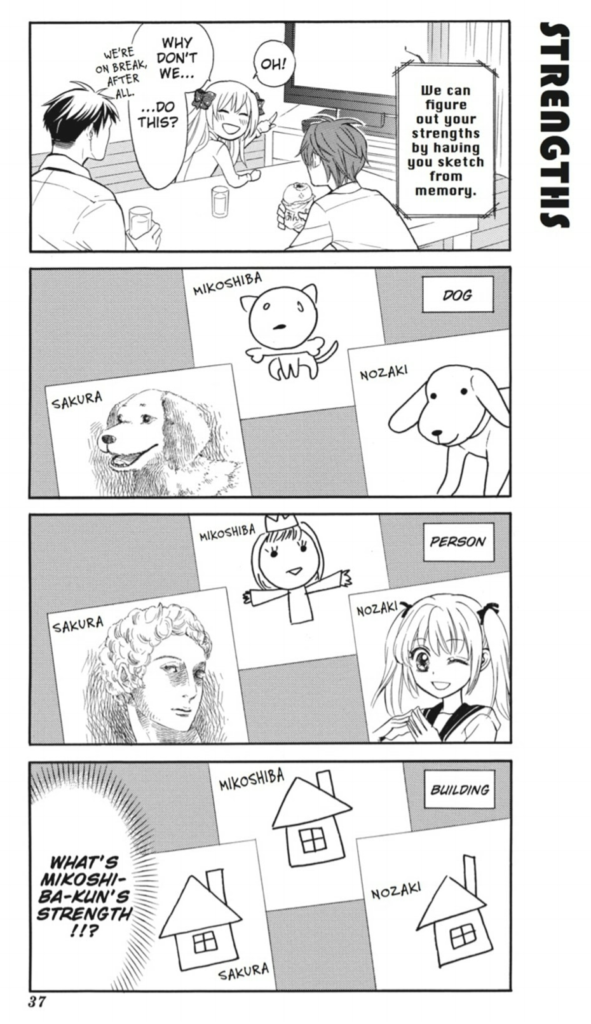
8:49 Yon-koma, or 4-koma (‘yon’ is one of the ways you say ‘4’ in Japanese), is the Japanese equivalent of the daily newspaper comic strip. It’s a 4-panel comic, vertical instead of horizontal, a very popular format in Japan that tends to be more-rarely exported to North America.
11:09 The tiny dialogue bits, or “asides”, are a big part of comedy manga. It’s sort of like a stage-whisper in a play, where the characters are speaking out loud, to themselves, but no one else can really hear it. You can see it in panel 1 of the previous example, but it’s actually used to great effect throughout the manga.
11:50 Quick bit of explanation: Nozaki’s previous editor likes to force his manga-ka to put his favourite animals into their works. It’s a great gag in the first volume that we come back to a bit later.
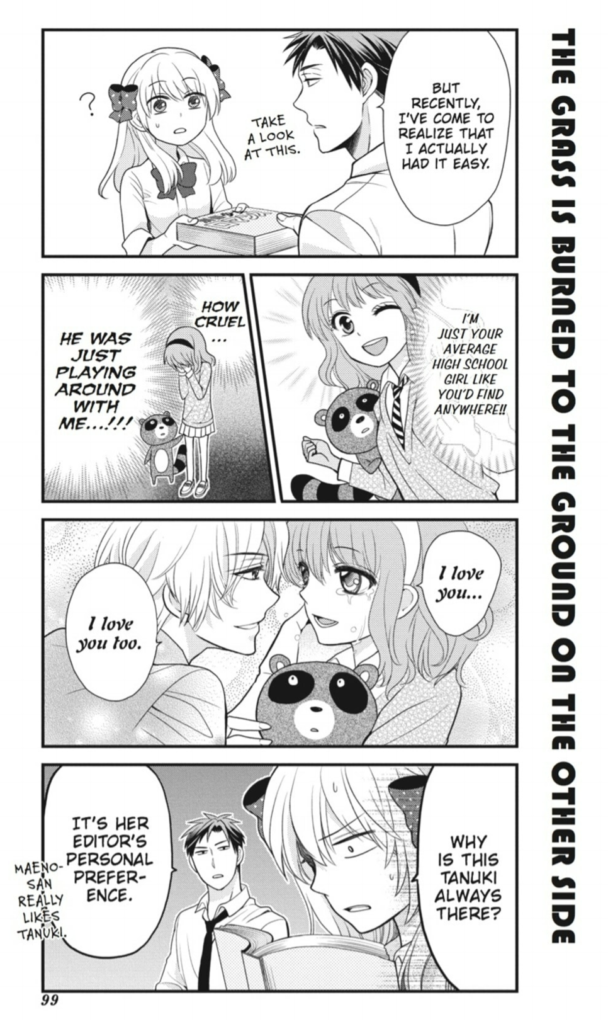
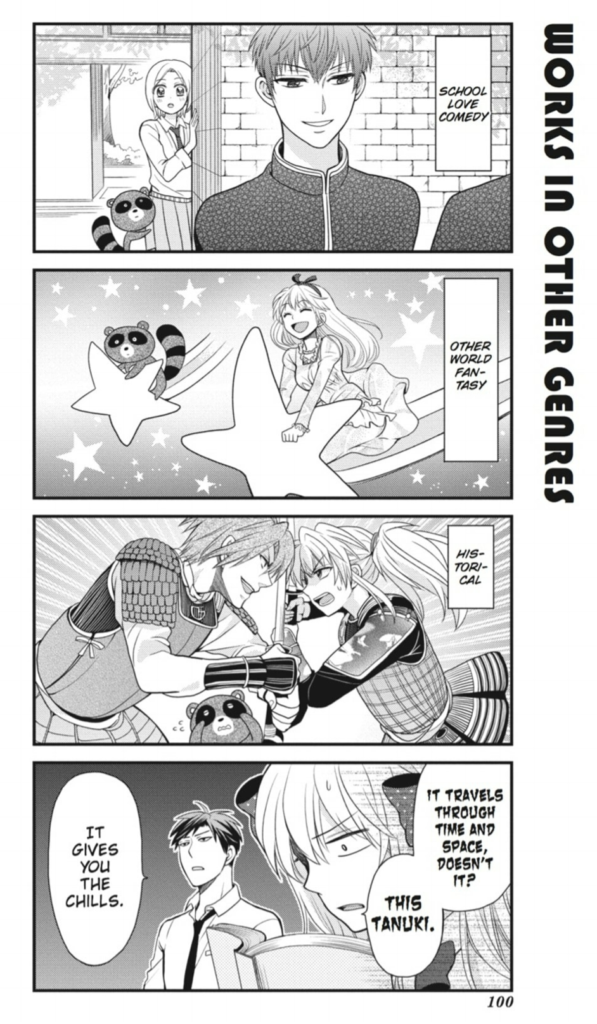
12:55 The introduction of Seo and that whole chapter (4) is maybe my overall favourite in the book.
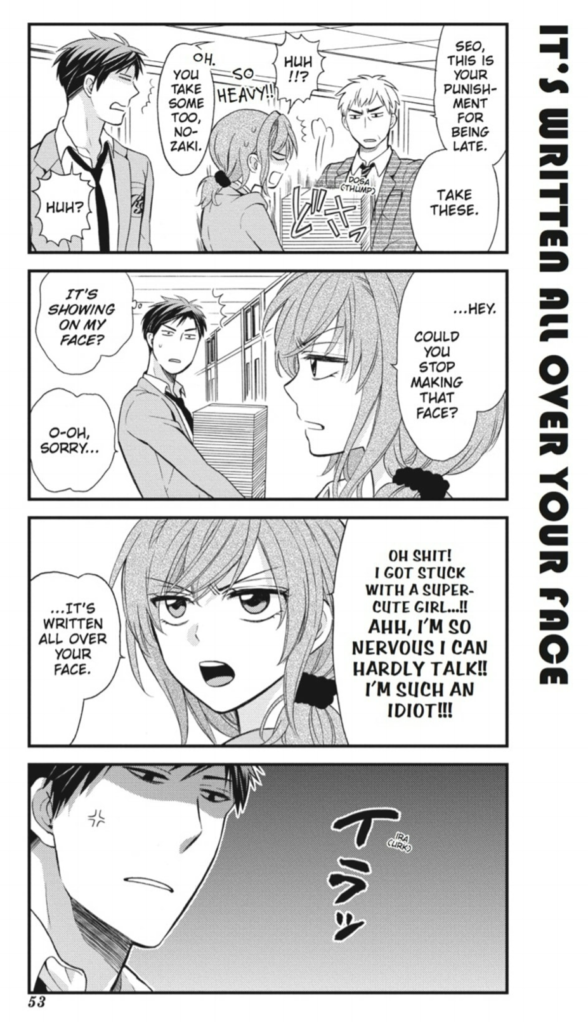
13:15 On the concept of the ‘princely girl’, David mentions Tezuka’s Princess Knight, and Deb mentions Ikeda’s Rose of Versailles, and Be-Pappas’ and Chiho Saito’s Revolutionary Girl Utena. This character is the cool, more gender-ambiguous girl that has traditionally “masculine” heroic characteristics and turns the concept of gender in manga on its head. These hero(in)es are super-beloved for a reason!
14:30 And with that, Kashima-kun was dragged away.
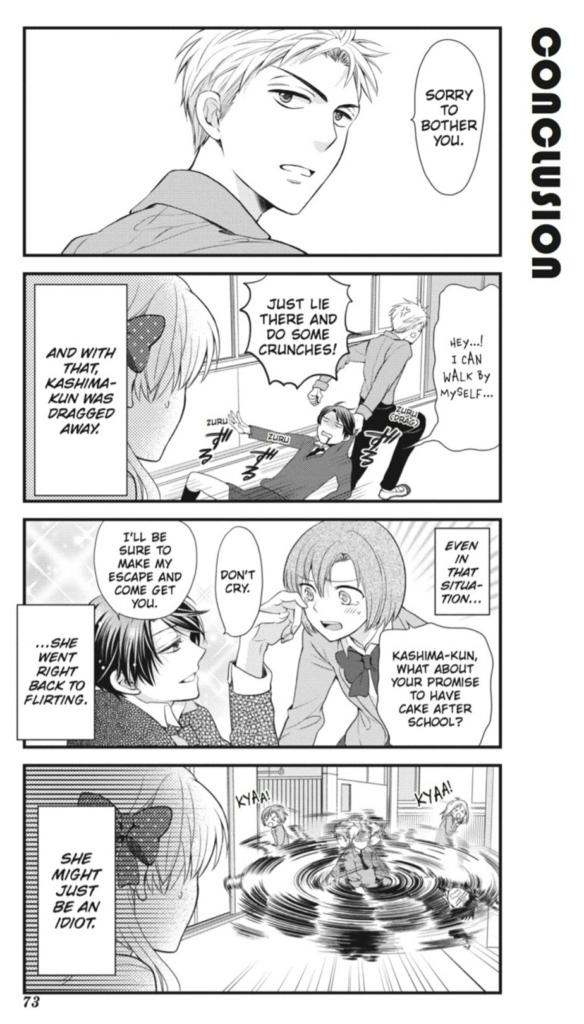
Worth noting that although she presents as female and is playing with gender stereotypes, she’s still given the suffix “-kun” (which is usually given to boys), instead of “-chan” (which usually refers to girls).
15:45 Title page for issue 6 is a funny drawing. I was actually a bit taken aback at first by the violent relationship between these two characters, but it really is slapstick Bugs Bunny violence, so yeah, I don’t know. Shocking but probably fine in context.

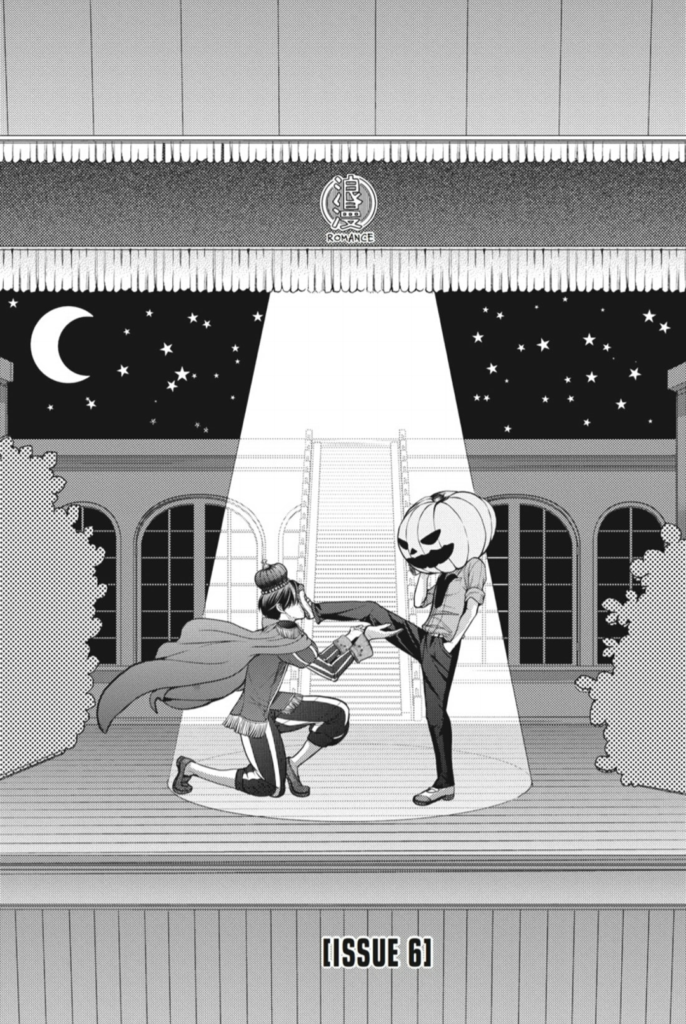
16:25 That’s the trifecta! David, Christopher, and Deb all think the anime works a little better than the manga! So I gotta say (Christopher here) that the first episode of the anime is a little rough, as they have to work hard to introduce the series and it’s a bit awkward at times. Now I don’t want to spoil it, we’re going to talk about Chip’s response when we get to episode 25, but yeah, he disagrees with the assertion that the anime is better. Or even good. Stay tuned for episode 25!
22:00 The dating sim joke calls back to something that I mentioned on one of the first few episodes of Mangasplaining, about the dating sim game that defined the genre of dating-sim games, Tokimeki Memorial. Tim Rogers of Action Button gives what I think is the definitive overview on Tokimeki Memorial.
In that, you play as a dude trying to get the best-girl to fall in love with you, and your best friend is like, always there for you to help you, support your efforts, and basically be a good dude. Except it becomes clear that, maybe the perfect person for you isn’t “best girl”, but your best friend! The comic handles this pretty well, but I don’t feel comfortable excerpting 6 pages to explain the whole joke. I’ll include one page so you know what we’re talking about.
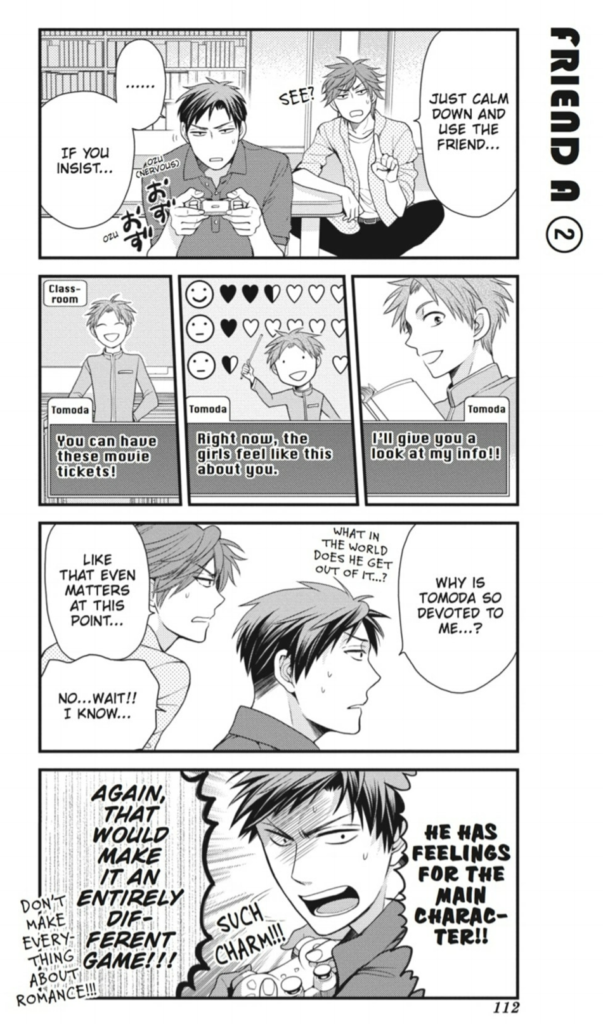
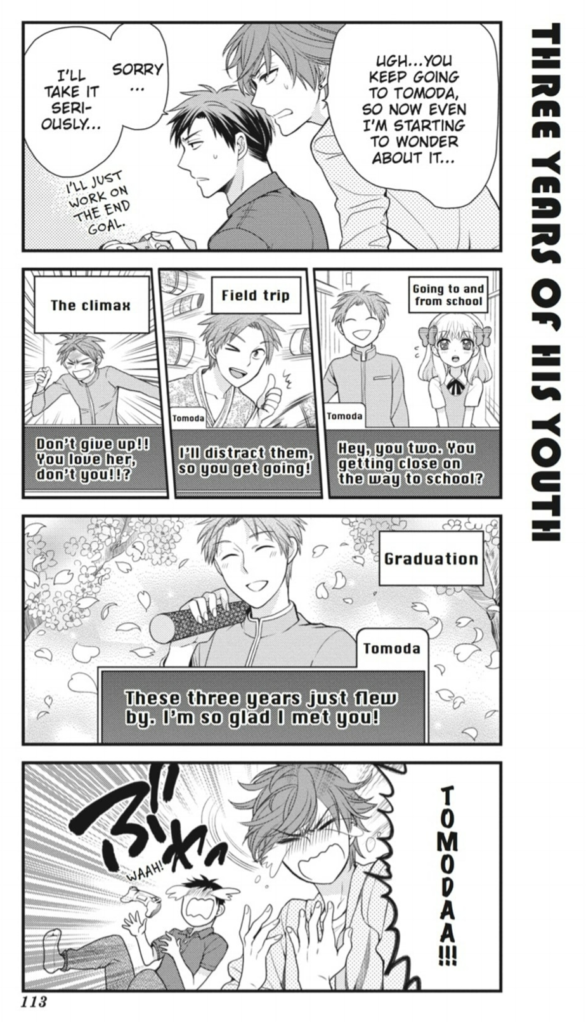
But here’s how that same segment goes in the anime, which is, frankly, 100 times better.
Even now re-watching this I started laughing again. And feeling kind of natsukashi for the love between the protagonist and Tomoda-kun. I showed it to Andrew just now and he actually laughed out loud a few times, which he did not do during the reading of the manga. SO! Your move, CHIP.
Also, Andrew noticed right away, that Tomoda-kun is named as such because one of the Japanese words for ‘friend’ is “Tomodachi”. I can’t believe I missed that.
24:45 Once you start seeing the cute animal side-kicks in manga of all kinds, but especially in shojo manga, you will never stop seeing them. Deb mentions the enormously popular Natsume’s Book of Friends, by Yuki Midorikawa (and published by VIZ Media in English), and the cat on that book got so popular (Nyanko-sensei, a chubby, shifty-eyed “lucky” cat) that it threatened to outshine the popularity of the original manga. It didn’t though, the manga got another brand-new animated film spinoff this year, even though it ended in 2017!
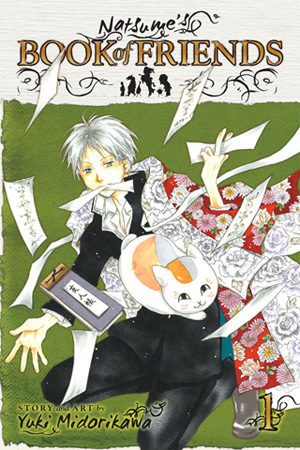
And quick shout to Pen-Pen from Evangelion.
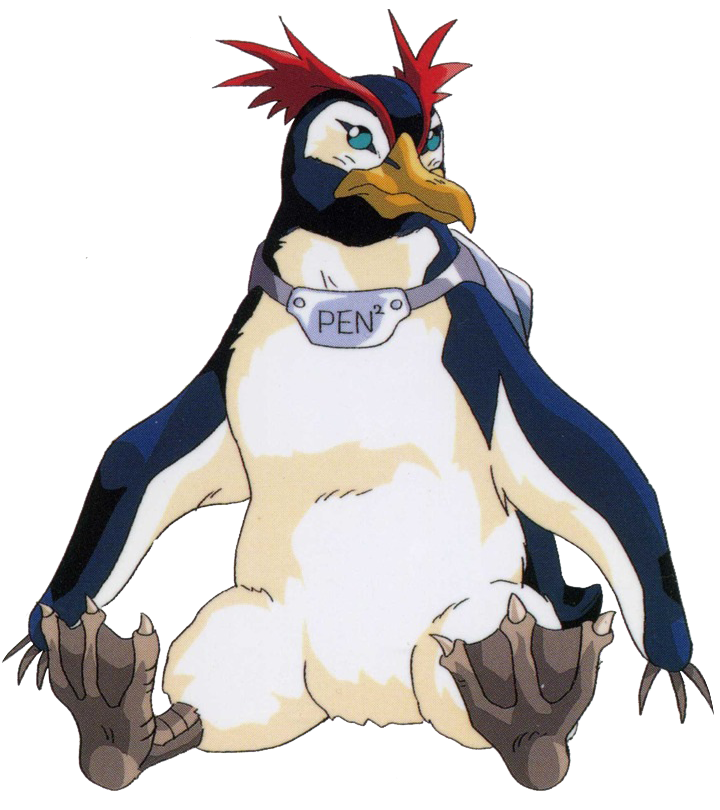
But yeah, the tanuki character gag is pretty good in this manga, and then the character shows up again as the chapter 9 title page. Heh.
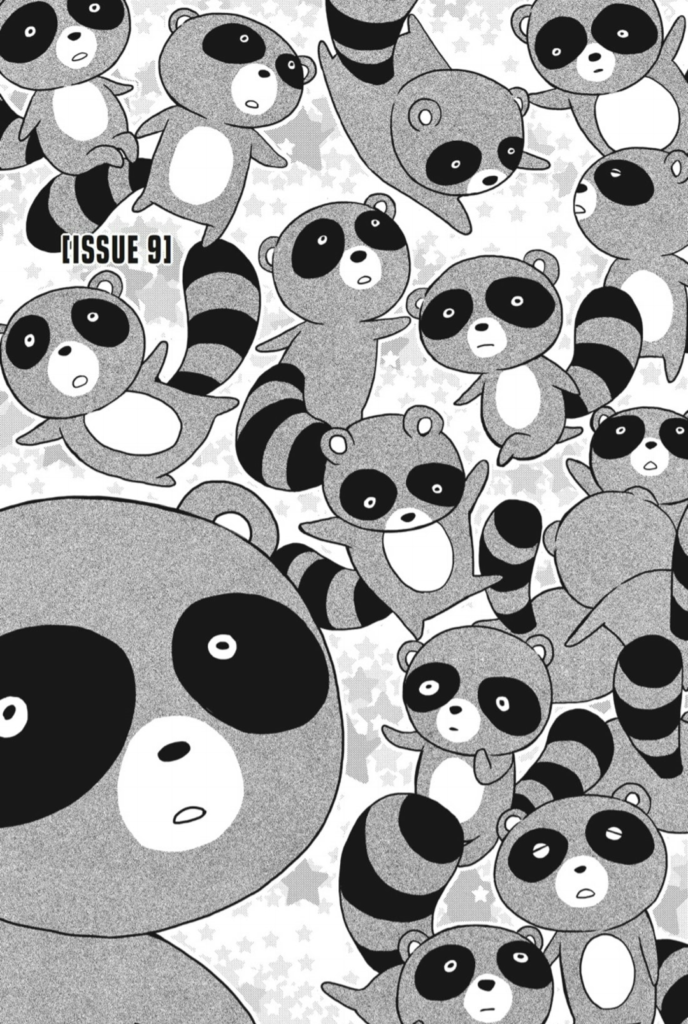
26:30 The ongoing battle over classifying manga correctly. If an author that primarily makes shojo manga that runs in shojo magazines makes a new manga lovingly parodying shojo manga, but it runs in an ‘online’ variety magazine that might most accurately be classified as ‘shonen’ but also isn’t exactly that, is it not shojo?
And more more importantly, does it matter?
I don’t know. But, if it does, then we technically still haven’t read a shojo magazine on this podcast, which is kind of embarrassing, but don’t worry we get to Yona of the Dawn next week!
27:45 Do Japanese publishers change the orientation of North American comic strips to read top-to-bottom? Interesting question! The short answer is ‘no’, though there may be some outliers I’m aware of. But honestly, North American comic strips are barely translated to Japanese at all, Peanuts is very much an exception. Oh, and Moomin too, but that’s a much, much weirder story for another time.
31:00 It’s true! There are 11 named characters introduced in the first 145 page volume, and are sometimes referred to by either their first or last names, or sometimes just their nicknames. There’s’s Nozaki, who also works under the alias Sakiko Yumeno, but also Sakura, Mikoshiba, Seo, Kashima, Hori, Ken Miyame, Mitsuya Maeno, and Miyako are all named characters in the real world, and the leads of the manga that Nozaki draws, Let’s Fall in Love, are Mamiko and Suzuki. More characters are introduced in subsequent volumes too.
But yeah, on page 145 (which is actually the inside-back cover, this book is WALL TO WALL manga), the characters are all looking just a bit similar… I can see how Chip might get confused.
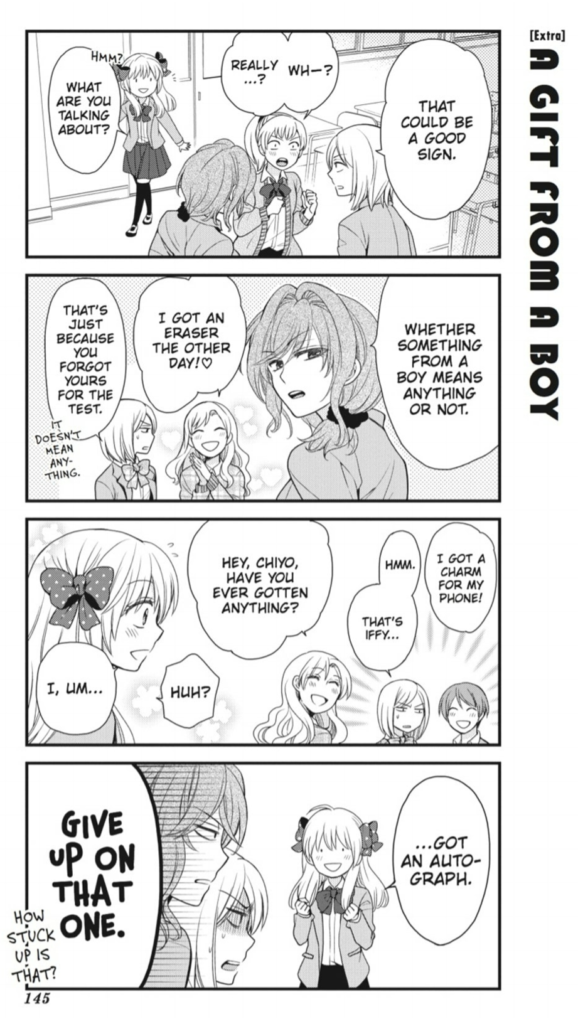
Just noticed: We included like, a lot of pages this episode. I think it’s all valid/fair use, but I think maybe we’ll stop doing that from this point on and go remove a couple. So some of this stuff will go… un-referenced!
34:10 For other manga that have LOTS of characters, David brings up World Trigger, a popular Jump manga by Daisuke Ashihara. I then mention Haikyu!! By Haruichi Furudate. Interestingly, I never actually had a problem with the multiple teams of ninja introduced in Kishimoto’s Naruto, as they were all really, really visually distinct and with just enough character traits to differentiate themselves. But I also can’t really remember almost any of their name’s outside of Rock Lee, who is awesome.
37:30 As we start talking about our favourite 4-koma, David mentions Spoof on Titan, by Hounori, published by Kodansha. Interestingly, the Japanese title is a nice bit of wordplay. The Japanese title of Spoof is Sungeki no Kyojin, as compared to the original being Shingeki no Kyojin. Clever!
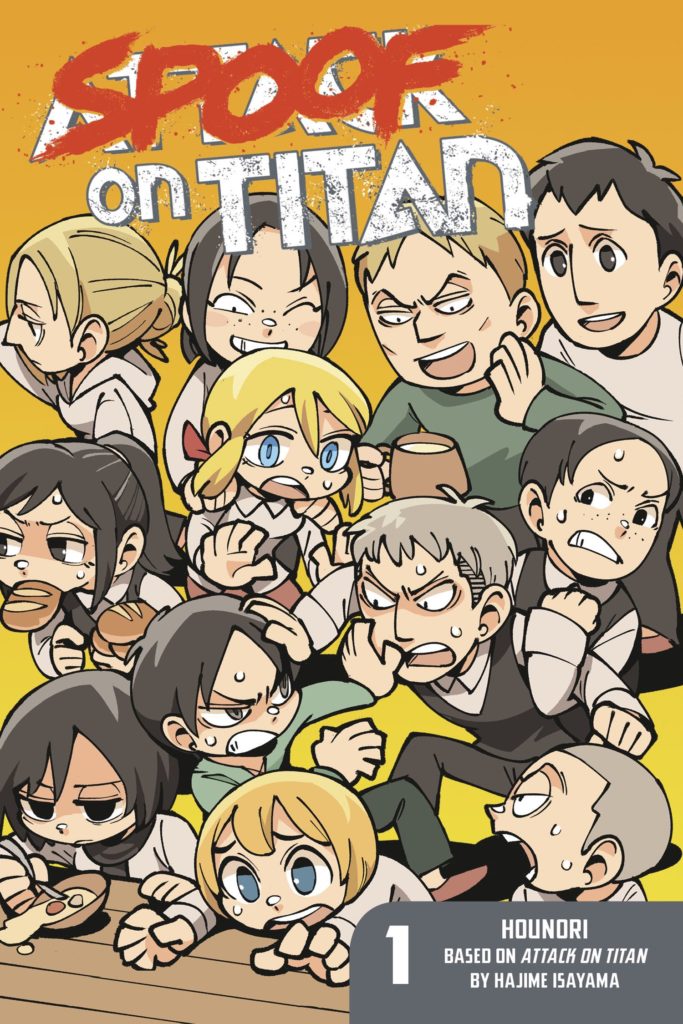
39:00 Chihayafuru, by Yuki Suetsugu, is a manga about a girl learning to play the Japanese traditional card game karuta, but it’s not really about that, it’s a slice of life, romance, friendship thing, it’s beloved by a certain kinda people. Digital editions from Kodansha.
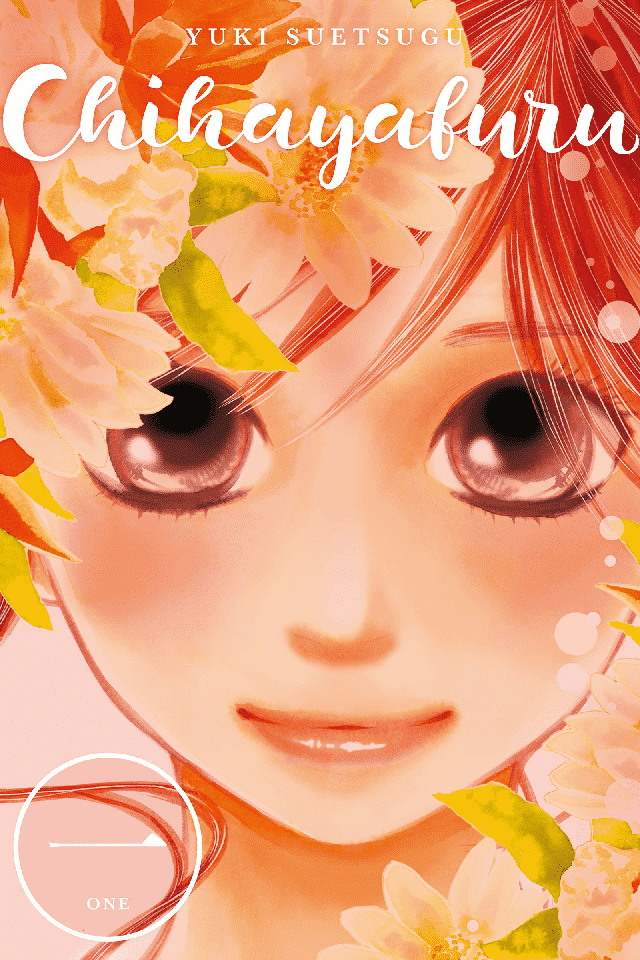
Also there’s a very funny skit about that from ProZD, who we’ve linked here before.
39:30 David mentions the backups Chris Eliopoulis used to make for Marvel comics, and still does I think. But when David was mentioning that I went straight to Fred Hembeck, who maybe did the ‘original’ versions of the funny takes on Marvel superheroes. I was too young for Not Brand Ecch, but I did love the hell out of What The?! Back when I was too young to get a lot of the jokes. 🙂
43:20 Love you, Zub!
44:00 This is one of SEVERAL banners that Chip put his own face onto for con appearances.
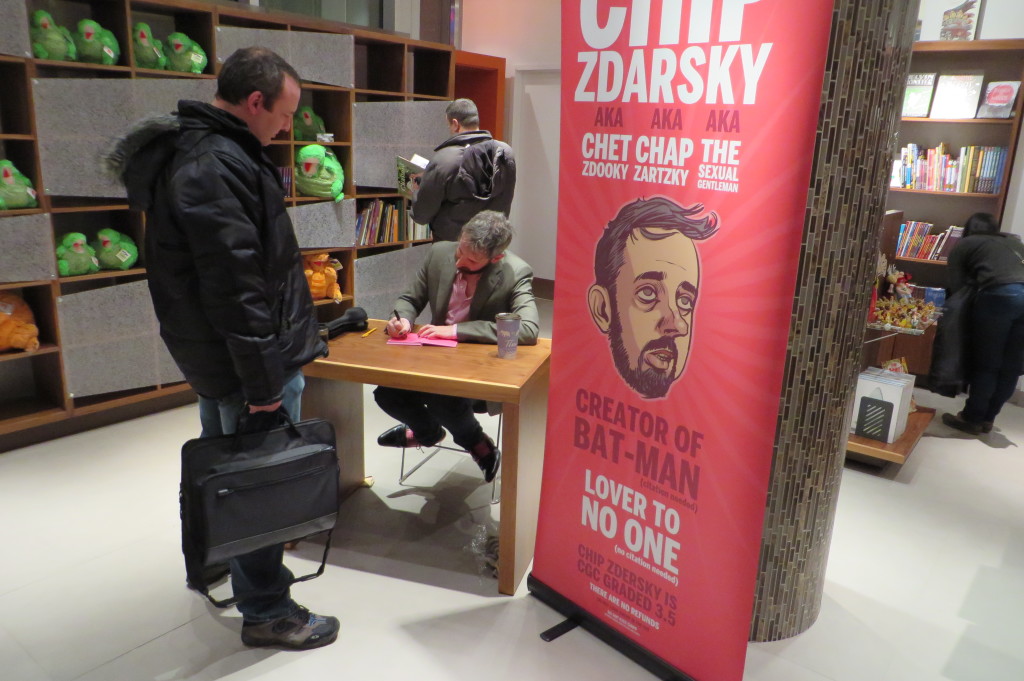
45:50 Dick Fight Island, by Reibun Ike, published by Sublime. Just go buy it, it’s incredible. https://www.sublimemanga.com/read/manga/dick-fight-island-1/product/819
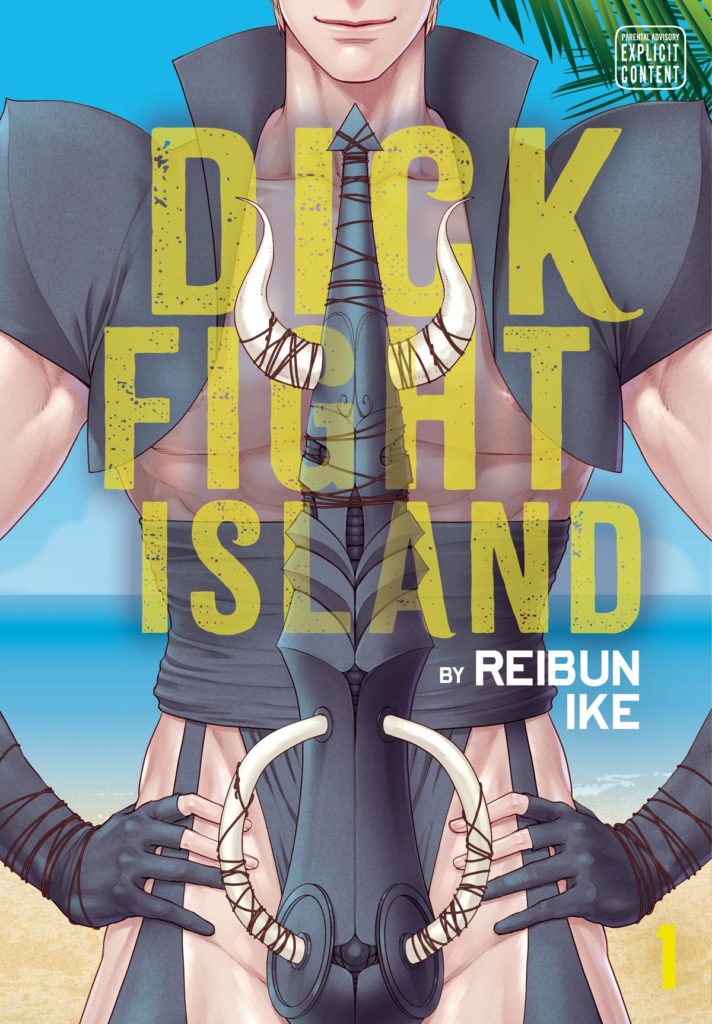
46:55 Here’s that image we mentioned of Mamiko saying “Pizza” if you zoom in real close. I think it’s lovely.
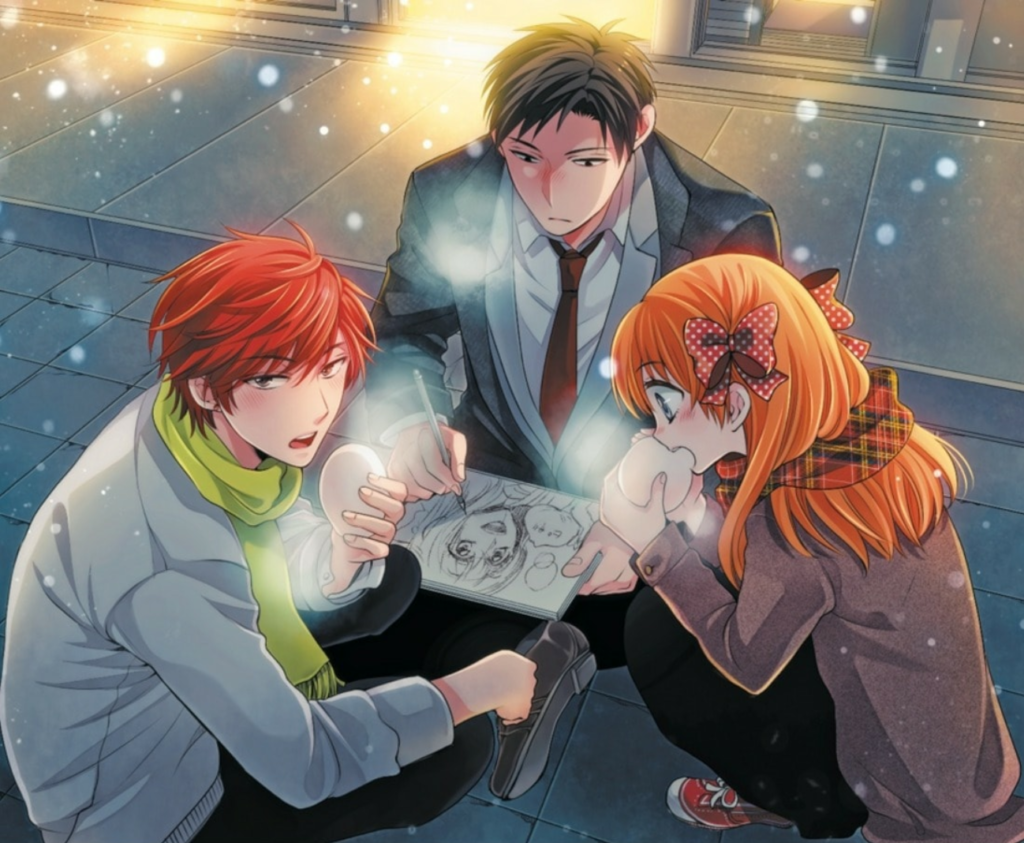
49:00 We start talking here about North American comics about making comics, to make a recommendation or two for folks looking for non-manga titles to try. It’s interesting, because there’s a bunch of manga about making manga, like the aforementioned Bakuman, but also Tatsumi’s A Drifting Life, Taniguchi’s Zoo in Winter, Aono’s I’ll Give It My All… Tomorrow, and a few that we’ve already mentioned on the podcast previously, Yoshi No Zuikara: The Frog in the Well Does Not Know the Ocean, and BL Metamorphosis. But it takes us a little bit to come up with titles here…
Chip mentions the Howard Chaykin book Hey Kids! Comics! Published by Image Comics. https://imagecomics.com/comics/releases/hey-kids-comics-tp
Christopher recommends Svetlana Chmakova’s Dramacon, about two teens getting into comics and fandom, published by Tokyopop. https://svetlania.com/comics.shtml
But as much as Christopher likes Dramacon, he really needs to address an oversight and recommend the slightly harrowing but utterly brilliant Hicksville, which might be the best comic about making comics ever made. Published by Drawn & Quarterly. https://drawnandquarterly.com/hicksville
52:10 For Christopher’s favourite 4-koma, he picks Pop Team Epic, by Bkub Okawa. Published in English by Vertical/Kodansha. Uproariously funny if you’re a memelord. Couldn’t find any legit pages online to share, so please enjoy this ‘commercial’ from Funimation for the series.
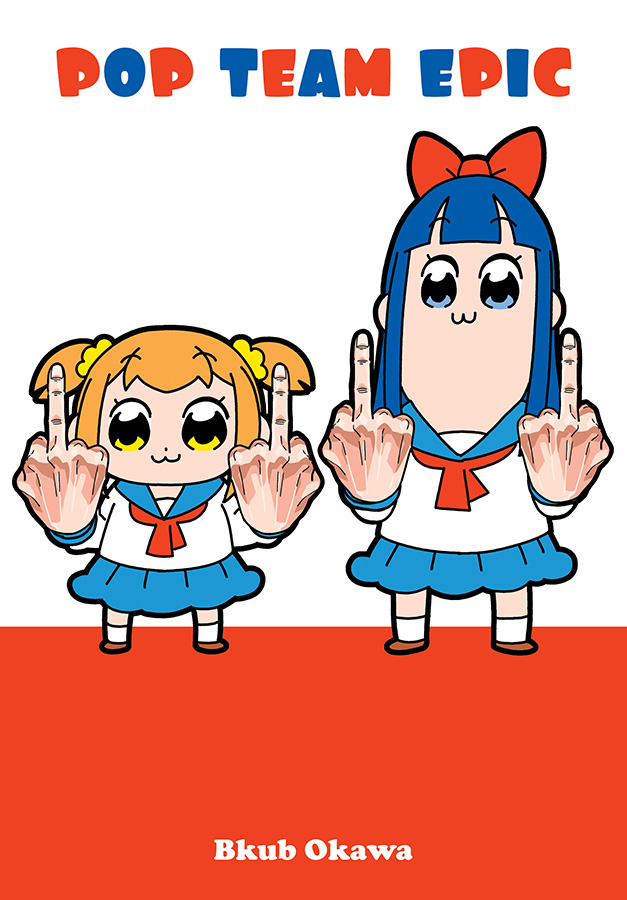
54:10: “It’s like a Kancho! to shojo-manga!” I was gonna make an edit but this is already pretty late, so please enjoy this gif I found of Kancho! Gotchapon figures.

55:23: IT’S THE BREAK! Please remember time stamps don’t really work after this point sorry.
Question of the Week:
“Back in the pre-manga boom days there were a bunch of series that got released in English and have fallen out of print: What would you love to see come back into print?”
– Yonatan, Twitter
Christopher mentions both Paradise Kiss by Ai Yazawa (Mangasplaining Episode 14), and Number 5 by Taiyo Matsumoto as two series that were manga-boom series that have been brought back (or will be any day now). By the way, run out and get Number 5 when it releases in the next few weeks, it’s about how people use fame to wield political influence and our growing slide to fascism because of superheroes. It was prescient and now it’s maybe a roadmap.
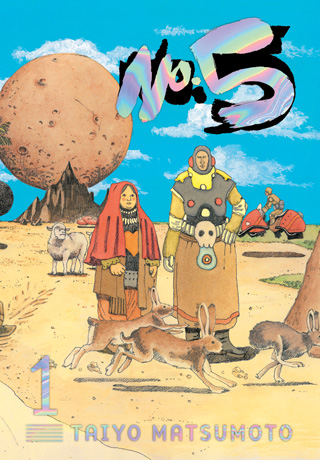
But Christopher’s big recommendation is Even a Monkey Can Draw Manga, by Kentaro Takekuma and Koji Aihara. Long out of print, uproariously funny, and perhaps the cynical ‘key’ to truly understanding the manga industry.
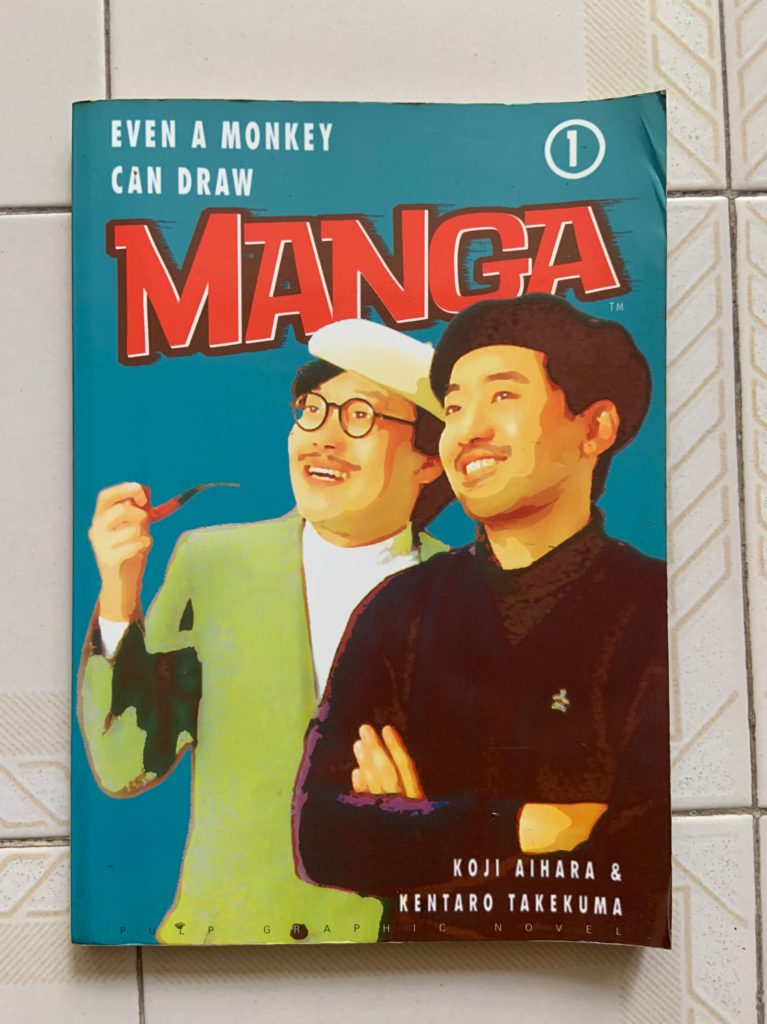
So as Christopher mentions, this series kinda/sorta looks like those How To Draw Manga books that were popular in the early-to-mid 2000s, but not exactly, right? Well, funny story, while the above is what the book looked like when it came out, it was intended to have a different, VERY INTERESTING cover, according to it’s solicitation, and that was changed before publication. Take a look at this:
I guess that was, perhaps, a little TOO close. And also, there’s just so much filthy humour in EAMCDM, like it’s absolutely hilarious, dirty, and unabashed in its dissection of the manga industry. Probably wouldn’t be what your 12 year old kid was looking for if you went to the store and the two books were accidentally racked together.
If you ever find a copy, snap it up.
But wait, there’s more! Friend-of-the-podcast Bryan Lee O’Malley (Scott Pilgrim, Seconds) borrowed my copy of EAMCDM back in the day, and actually through a series of zany circumstances around the Scott Pilgrim movie getting released in Japan ended up doing an interview with the creators of the book on Comics Alliance! https://comicsalliance.com/bryan-lee-omalley-manga/
(Maybe save that page if you’re not gonna read it right away, it looks like it’s breaking and maybe not long for this world).
AND THEN! When Bryan, Deb, and Christopher went to Japan in 2018, we got to meet the creators in person at a special event and it was really cool. Here’s Bryan, Takekuma, and Aihara, along with an autographed copy of the (complete) Japanese edition of their work, photos by Deb.
That was a very cool thing.
Moving along, David recommends two great books. We mentioned Usamaru Furuya’s Short Cuts on last week’s episode, go check the show notes for more info there. Scroll down to get to that.
His second recommendation is Leiji Matsumoto’s Galaxy Express 999. It was published by VIZ back in the day, complete, and it exists in the same universe as Captain Harlock and Queen Emeraldas, which as Deb mentions are both in print. Galaxy Express 999 is 1960s/1970s retro future sci-fi about an old-school train that just runs across the universe, encountering weird shit. Sort of like Star Trek. David mentions it running on TV where he lived, and it also ran on SPACE up here in Canada during their anime block on Friday nights/Saturday nights sometimes. It’s a very different pace to a lot of the stuff that they use to run, much slower, but I know it had its fans there too!
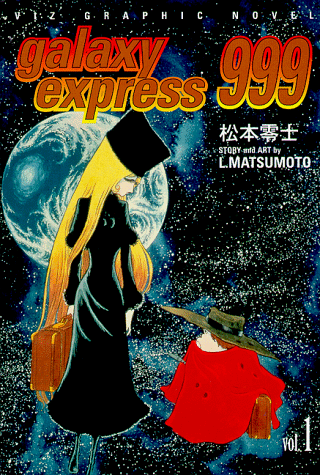
And as mentioned, Leiji Matsumoto is probably most famous in the west for his full-length animated movie Interstella 5555, which uses the music of Daft Punk from their album Discovery to tell the story of the abduction and rescue of an interstellar pop band. You have almost certainly seen the main music video released from this album, One More Time.
Intestella 5555 just got re-released on Blu-ray recently, and if you liked this there’s another full hour where that came from.
And also as mentioned, Christopher got to meet Leiji Matsumoto back in 2013, and he got a picture. Living legend, right there.
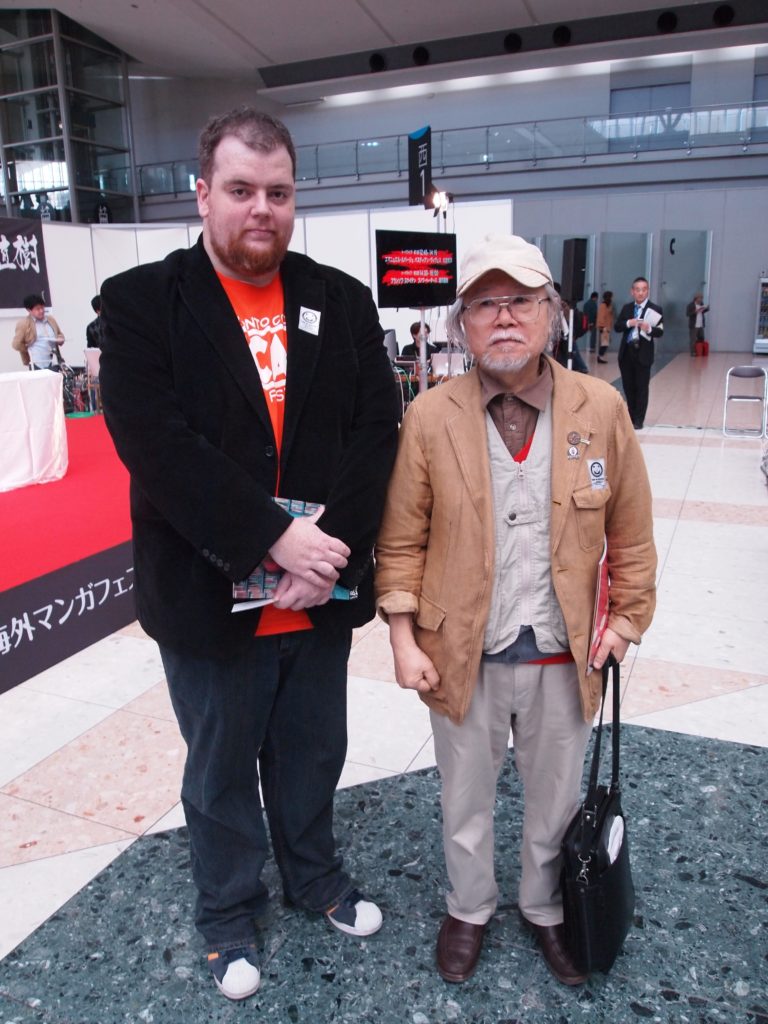
Oh and David mentions the boat you can take from Tokyo’s Asakusa neighbourhood, down the Kanda River, to the man-made island of Odaiba. It’s called the Himiko, and it’s designed by Leiji Matsumoto and there’s an audio tour on board narrated by his characters from Galaxy Express 999, actually.

Deb desperately wants SWAN, by Kyoko Ariyoshi to come back. Originally published in the 1970s and then released in English by CMX in the 2000s, the series was never completed due to the manga bust that followed the boom. It is about beautiful ballet dancers and their incredible drama, and the motion and movement is exquisite.
Deb also mentions some classic manga that we have gotten and come back into print lately. Some recent/forthcoming releases include Lupin the 3rd: Greatest Heists by Monkey Punch and Kamen Rider by Shotaro Ishinomori, both coming later this year, and the already-released Rose of Versailles by Riyoko Ikeda, and Super Sentai Gorenger by Shotaro Ishinomori, all great classic 70s titles that have gotten new editions recently.
Actually also a shout-out to the new edition of Kazuo Umezu’s Drifting Classroom, originally published in 1987, but also feels like it’s simultaneously a product of the 70s and that it came out from an art-comix publisher like, last week. Here’s some covers, go look for these!
And now! It’s time for us to pick our next three books! In order:
Deb chooses BL Metamorphosis Vol 1-2, by Kaori Tsurutani, published by Seven Seas. A sweet story of a cross-generational friendship between a young woman aspiring to make manga doujinshi, and a woman in her 70s who accidentally discovers boys love manga and wants to learn more. Absolutely the best.
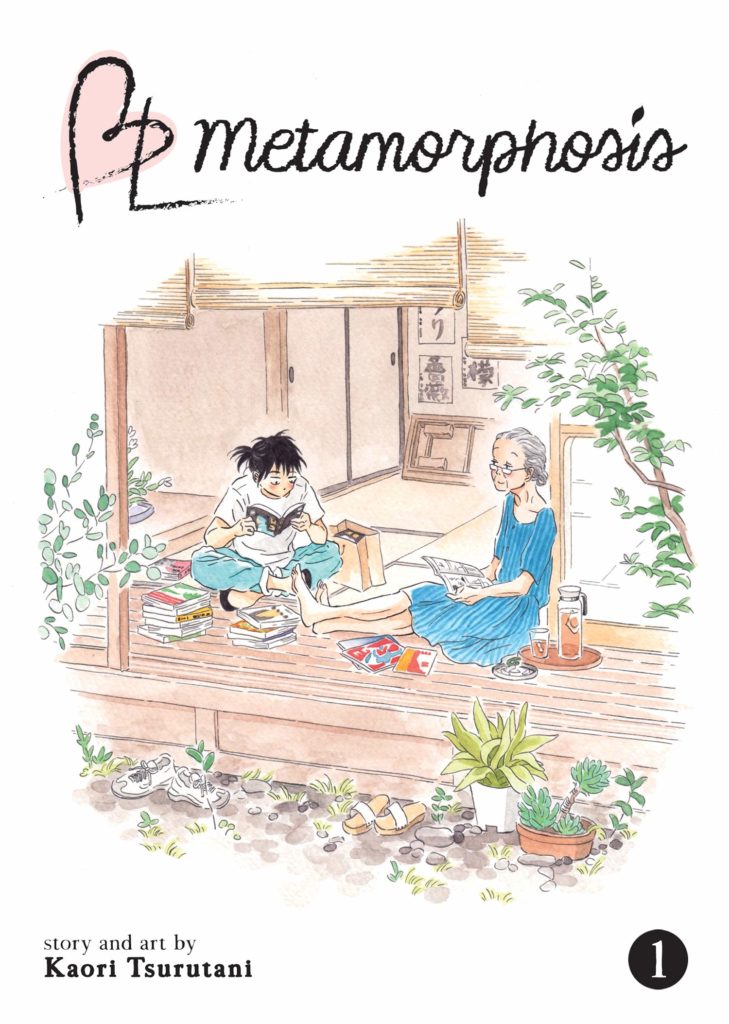
David chooses Franken Fran Vol 1, by Katsuhisa Kigitsu, also published by Seven Seas. A funny-body-horror book with very sexy covers that belie the gross body horror that lurks beneath. This will be a weird episode. 🙂
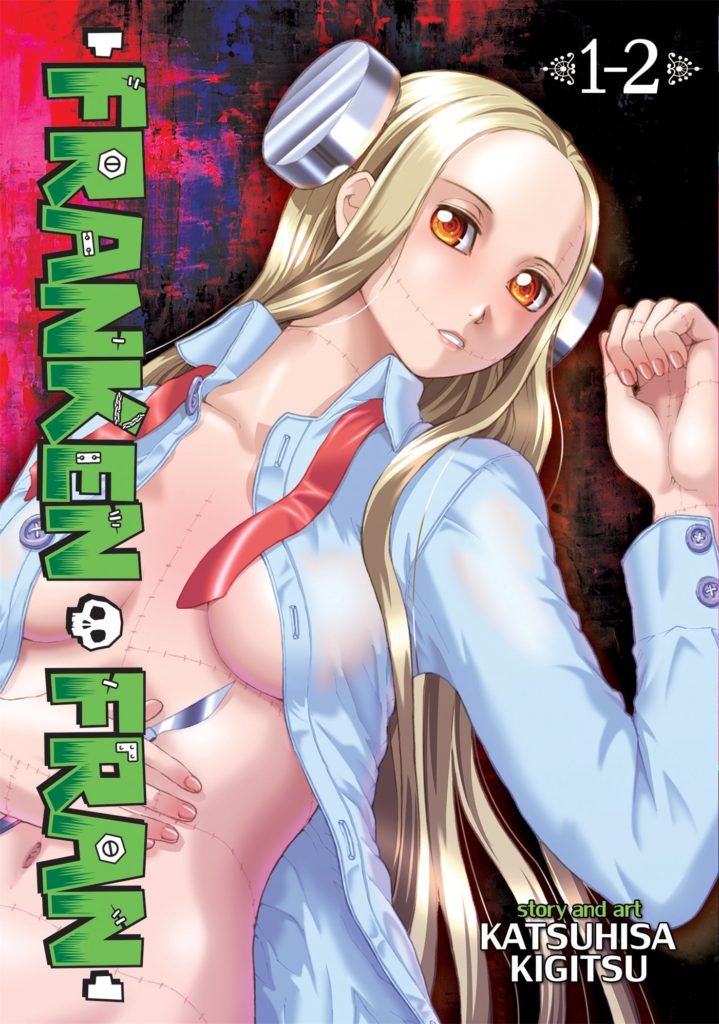
Christopher chooses Phoenix: Future, the second volume of Osamu Tezuka’s legendary Phoenix series, published in English by VIZ Media (but maybe only available in digital right now…?). Christopher wants to give a shout-out to the Facebook Group “Master of Manga: Osamu Tezuka Appreciation Page” for their passionate love of Tezuka-sensei and their equally passionate votes and recommendations for his manga. (Also, quick note: I think I said Phoenix: Dawn when discussing the book, but that’s actually the first volume. We’re going to do Future.)
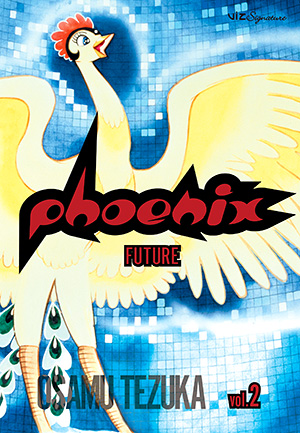
OKAY, ACTUALLY THAT’S NOT EXACTLY CORRECT
Sort of big news. We’re going to end Season 1 of Mangasplaining with episode #25, AKIRA Volume 2, which we might even break into 2 parts I’m not sure it’s probably gonna be real long, and we’re gonna take a short break to catch up on recording and then start Mangasplaining Season 2 with Phoenix: Future as our new episode #1. Maybe there will be other surprises too, who knows? 🙂
WE PROBABLY WON’T MENTION THIS ON AIR UNTIL THE BL METAMORPHOSIS EPISODE BECAUSE WE WERE STILL WORKING OUT THE DETAILS UNTIL RECENTLY.
Thanks for understanding!
So that upcoming episode list is actually:
Ep. 19: Yona of the Dawn Vol 1, by Mizuho Kusanagi. Published by VIZ Media. (June 22)
Ep. 20: A Bride’s Story Vol 1, by Kaoru Mori. Published by Yen Press. (June 29)
Ep. 21: Saint Young Men Vol 1, by Hikaru Nakamura. Published by Yen Press. (July 6th)
Ep. 22: A Journal of My Father, by Jiro Taniguchi. Published by Fanfare Ponent-Mon. (July 13th)
Ep. 23: BL Metamorphosis Vol 1-2, by Kaori Tsurutani. Published by Seven Seas (July 20th)
Ep. 24: Franken Fran Vol 1, by Katsuhisa Kigitsu. Published by Seven Seas (July 27th)
Ep. 25: AKIRA Vol 2, by Katsuhiro Otomo. Published by Kodansha (August 4th)
S2e1: Phoenix: Future, by Osamu Tezuka. Published by VIZ Media (TBA)
Thanks again for listening to this episode!
Find a comic store near you at comicshoplocator.com
Check out Mangasplaining theme song composer D.A.D.S. on Spotify
See you next week for Yona of the Dawn!
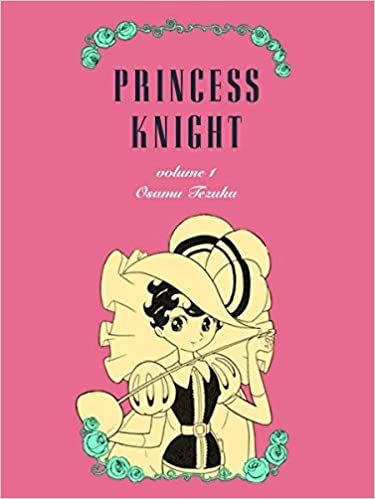
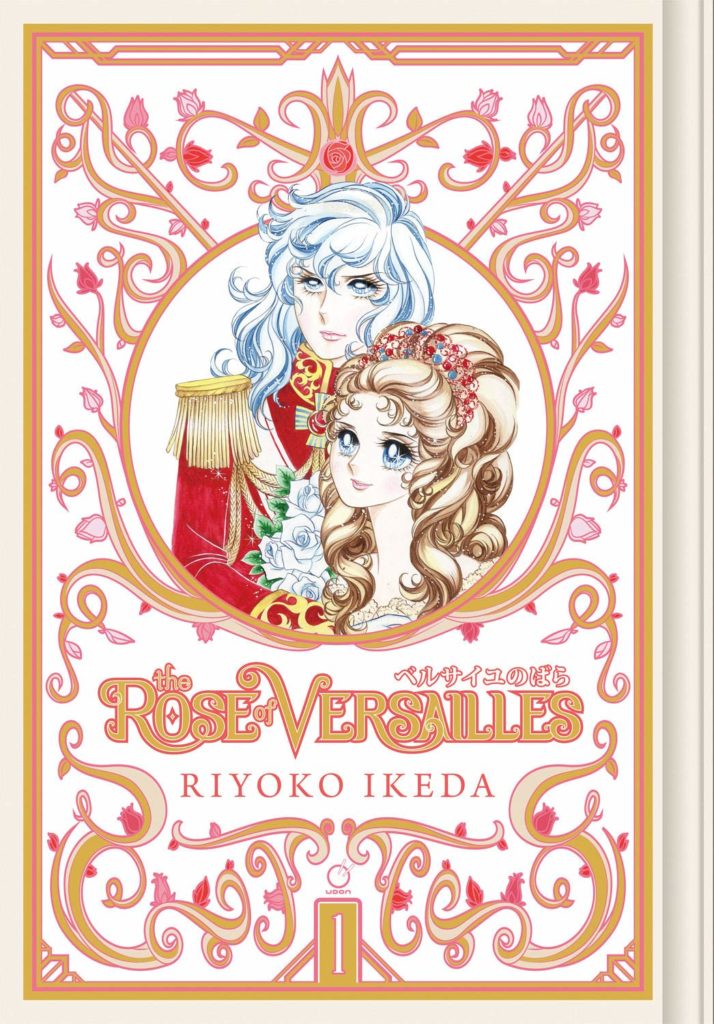


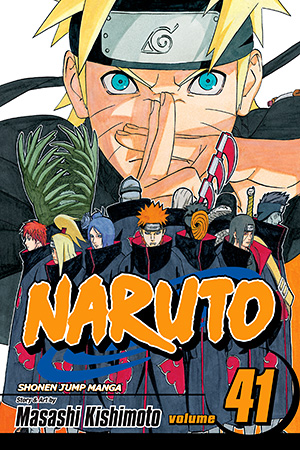
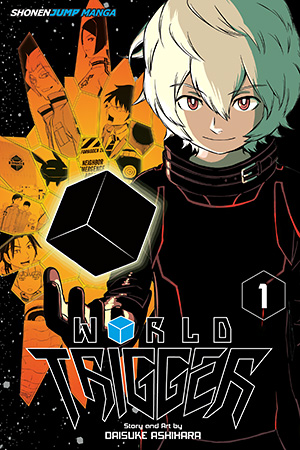
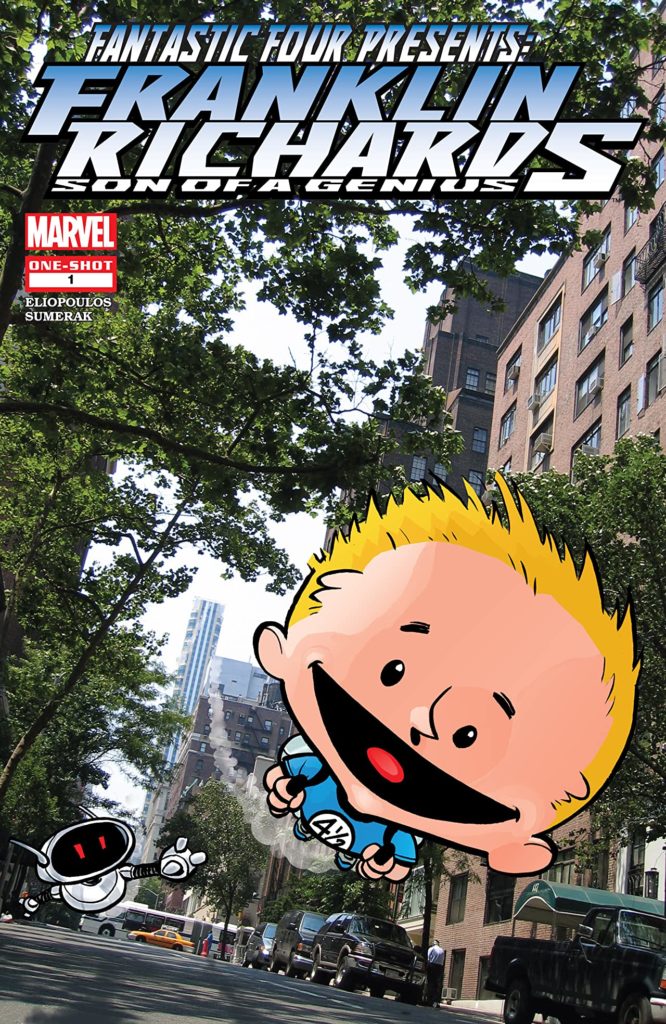
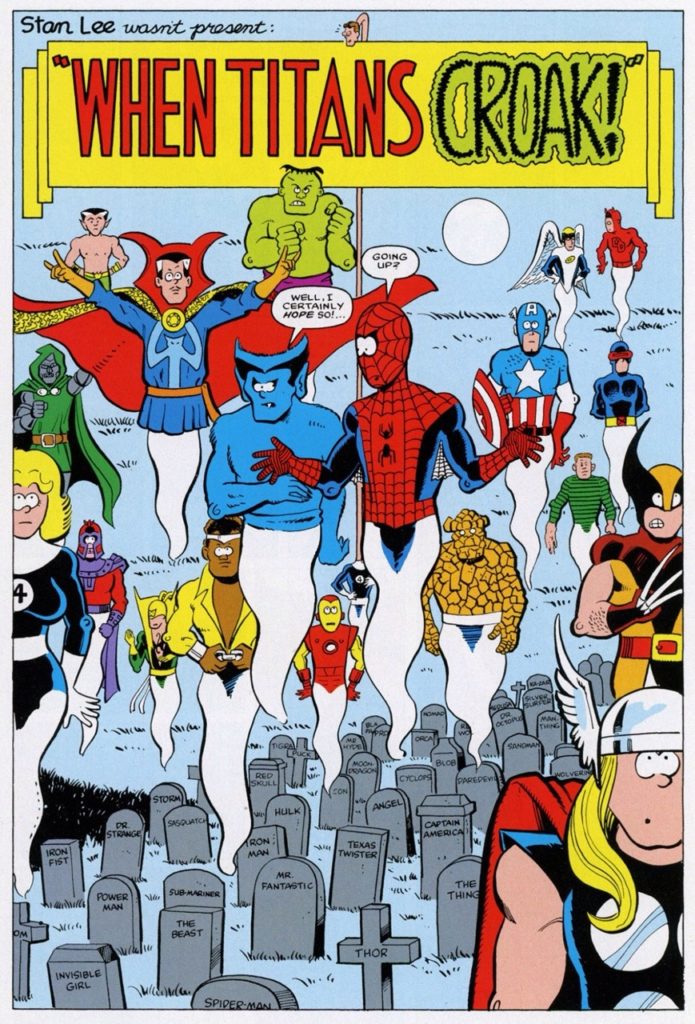

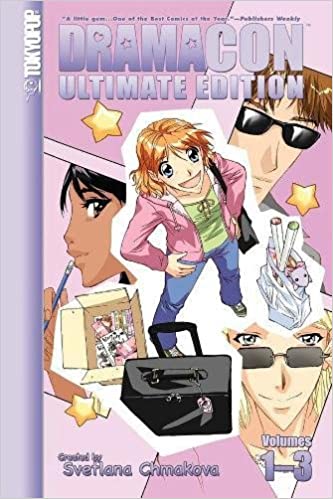
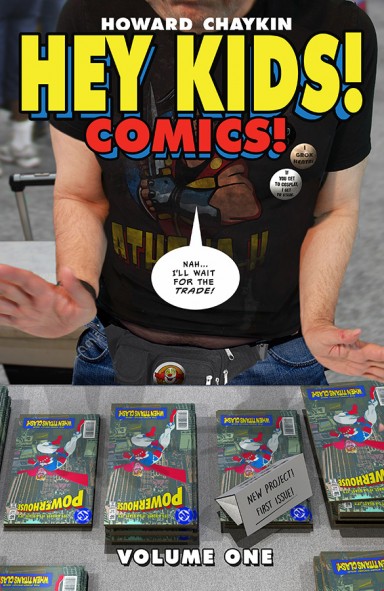
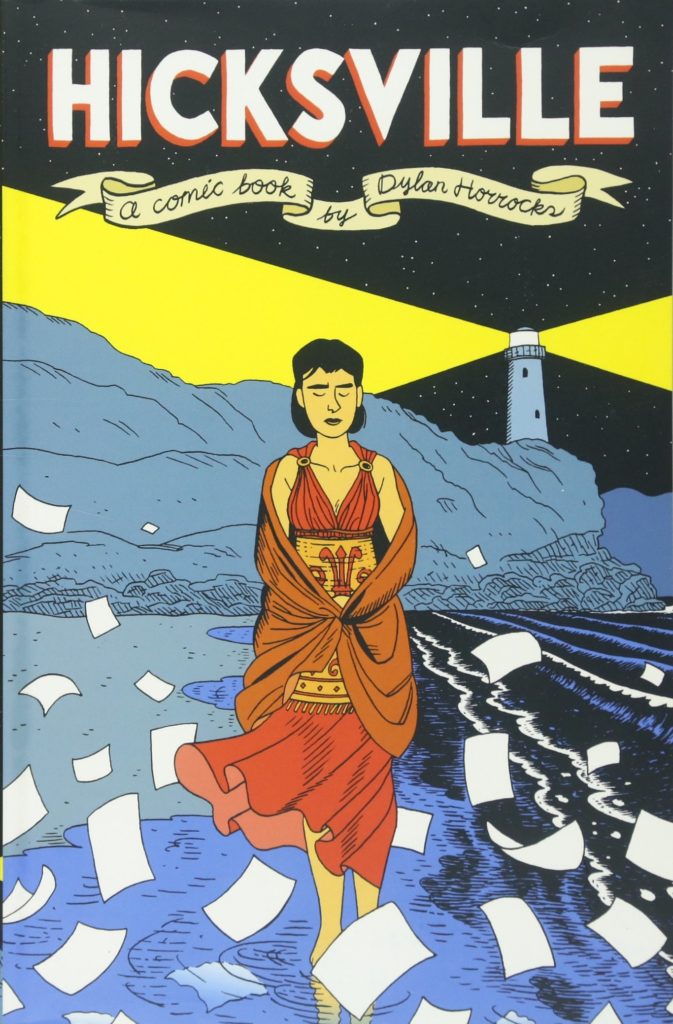


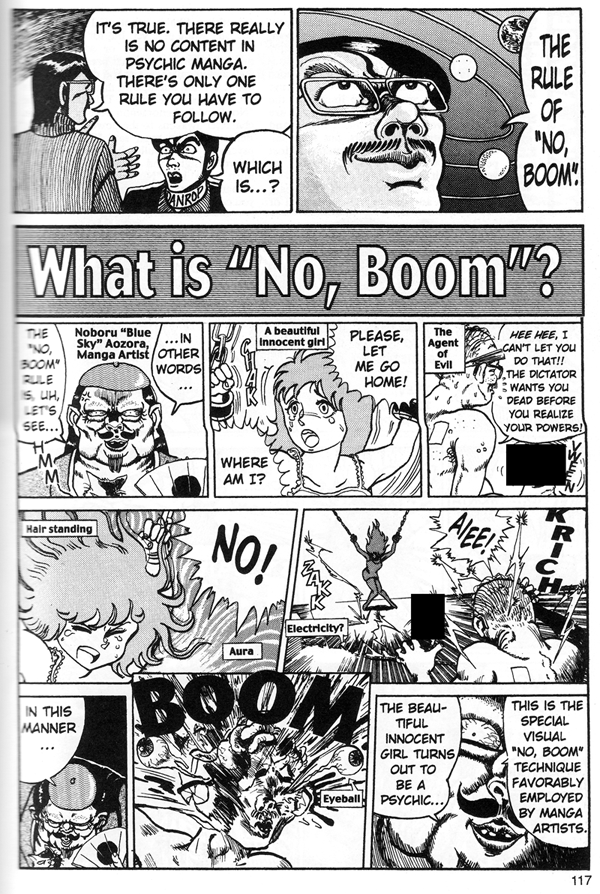
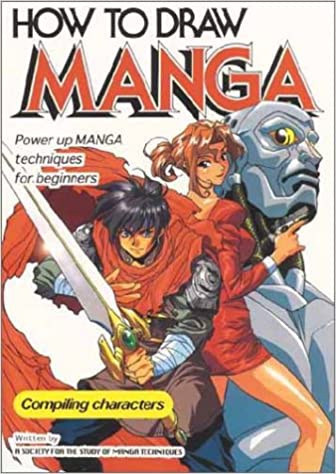
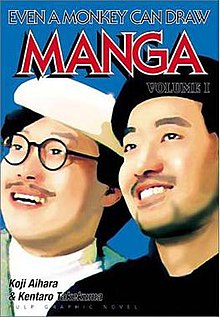

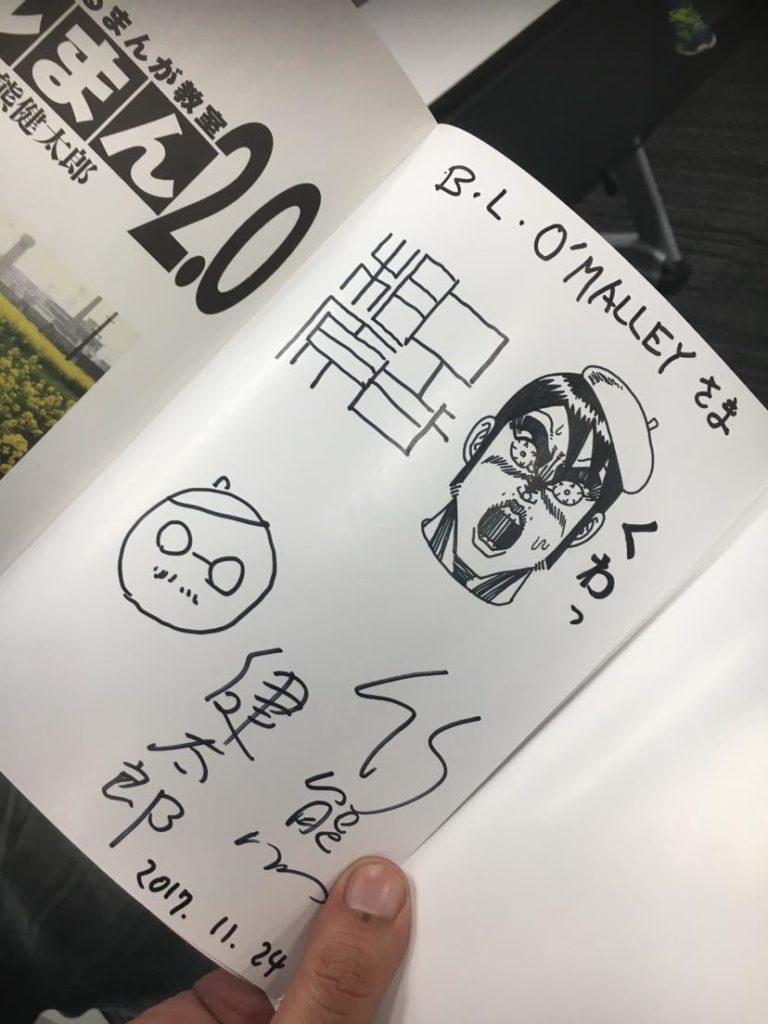
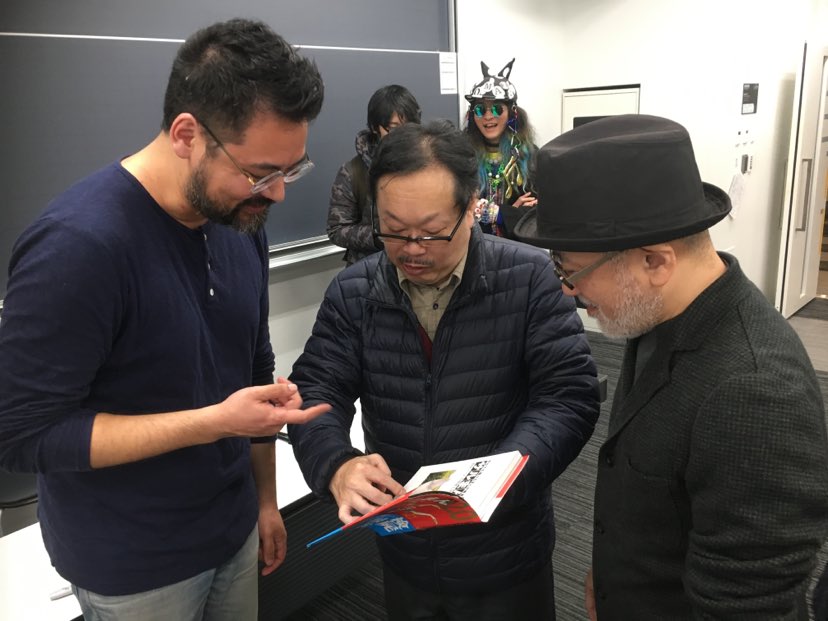
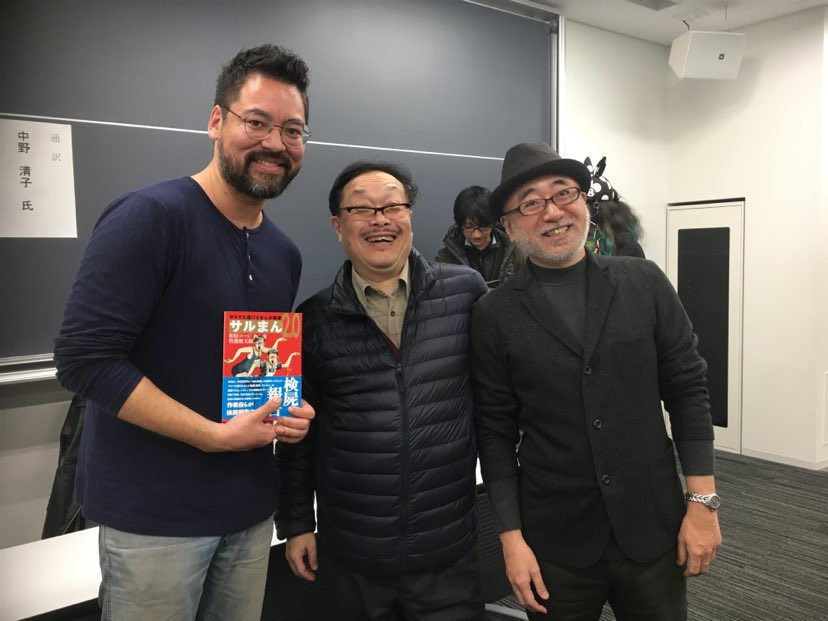
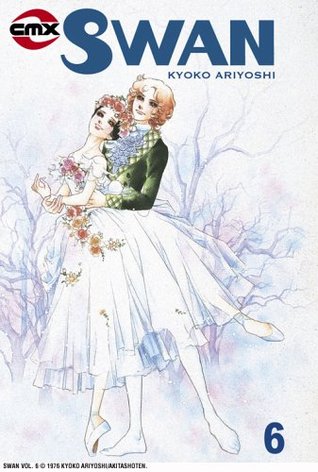
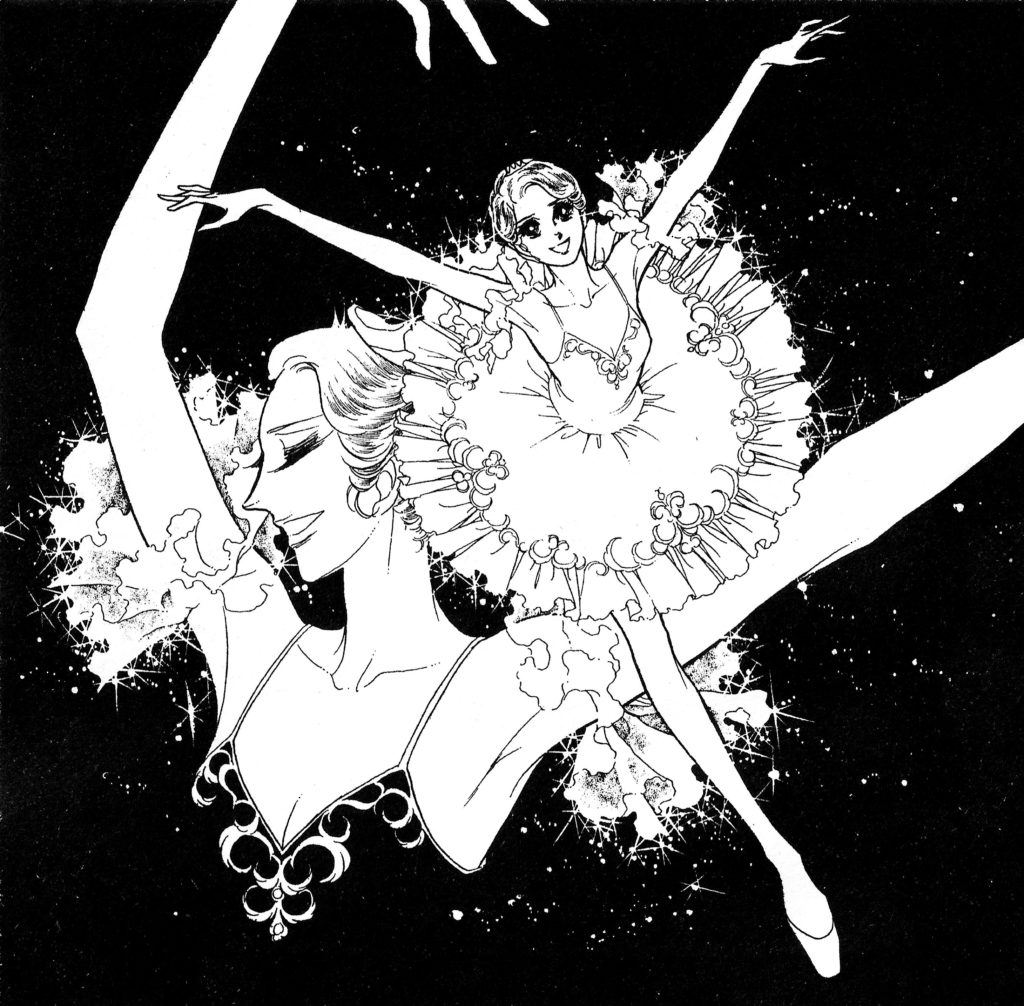
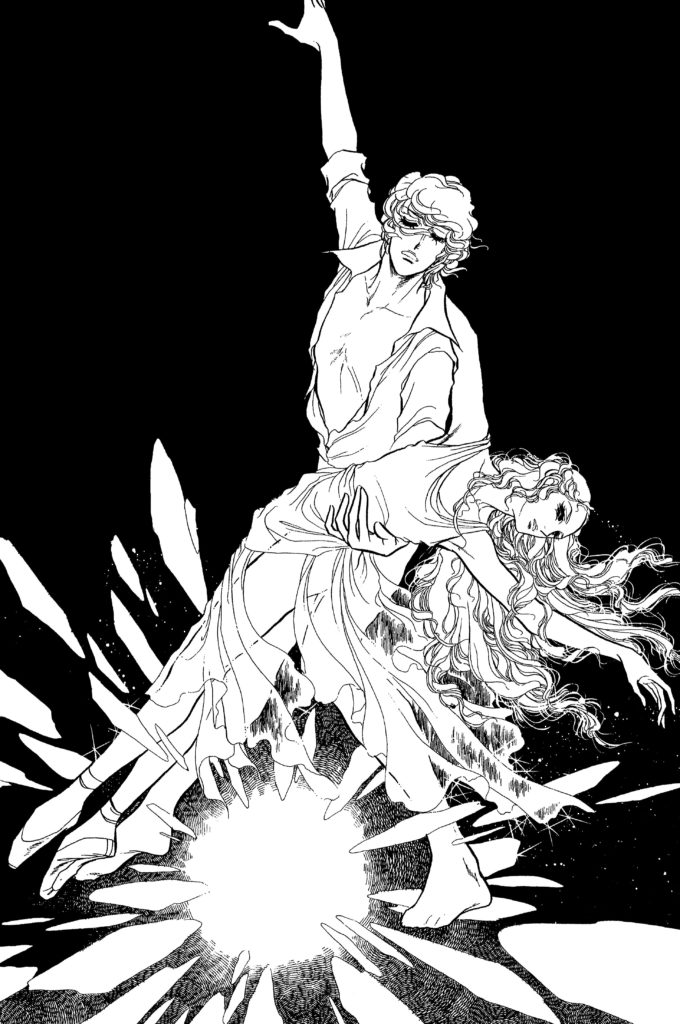
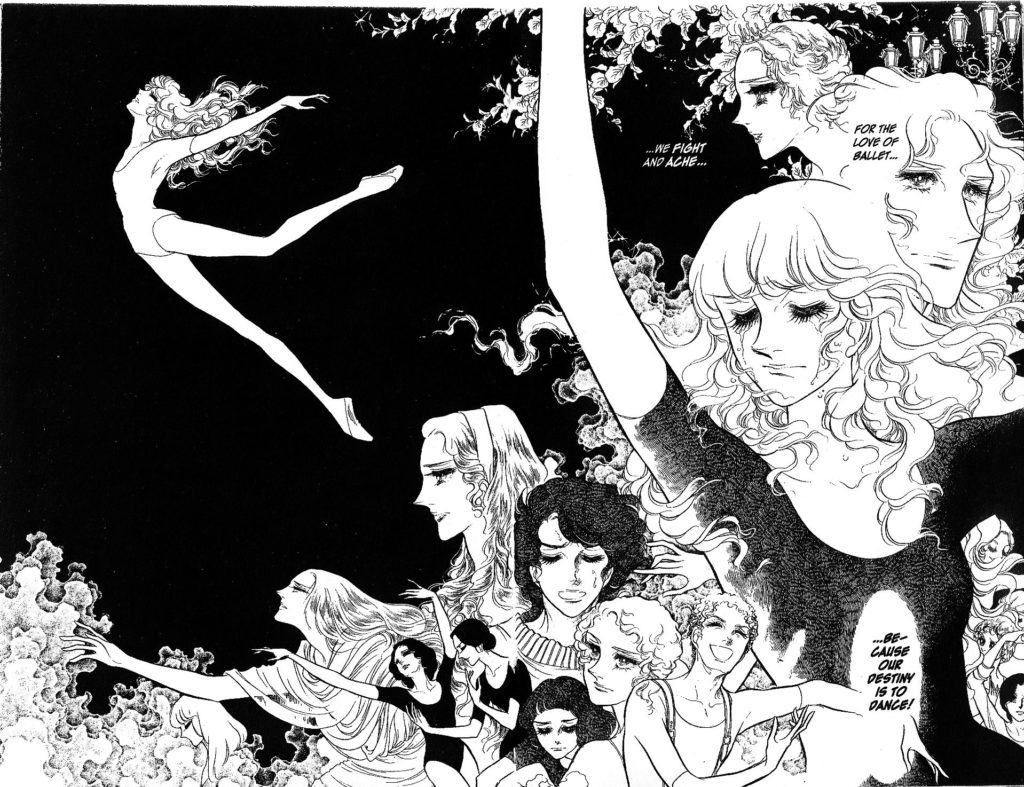
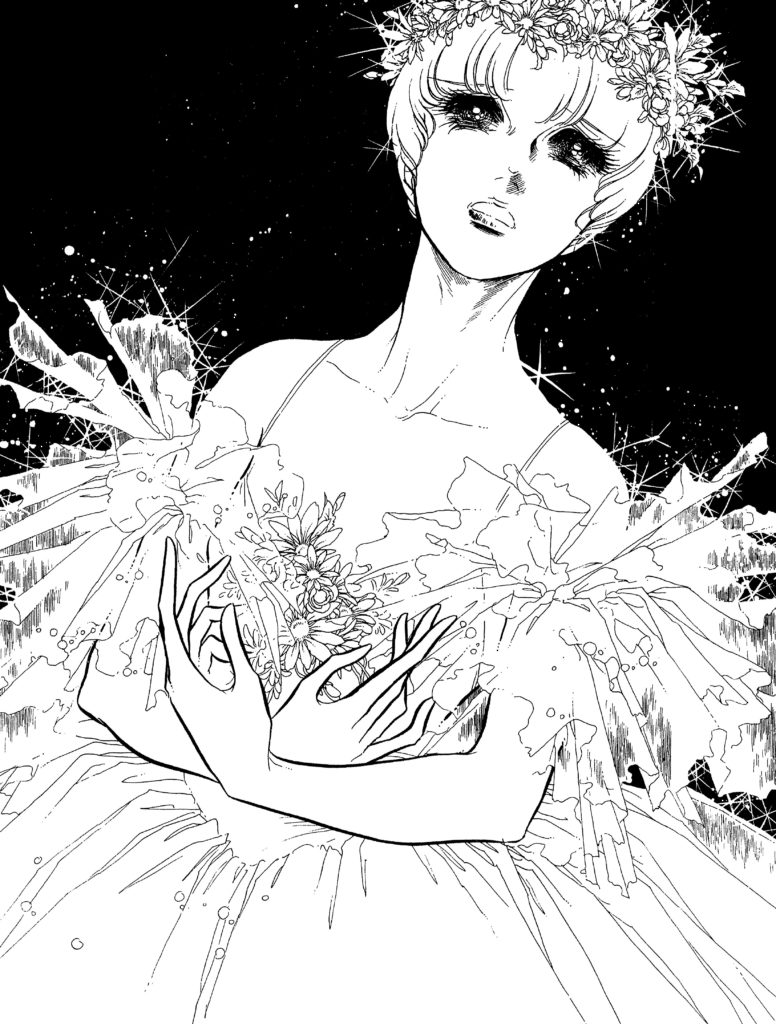
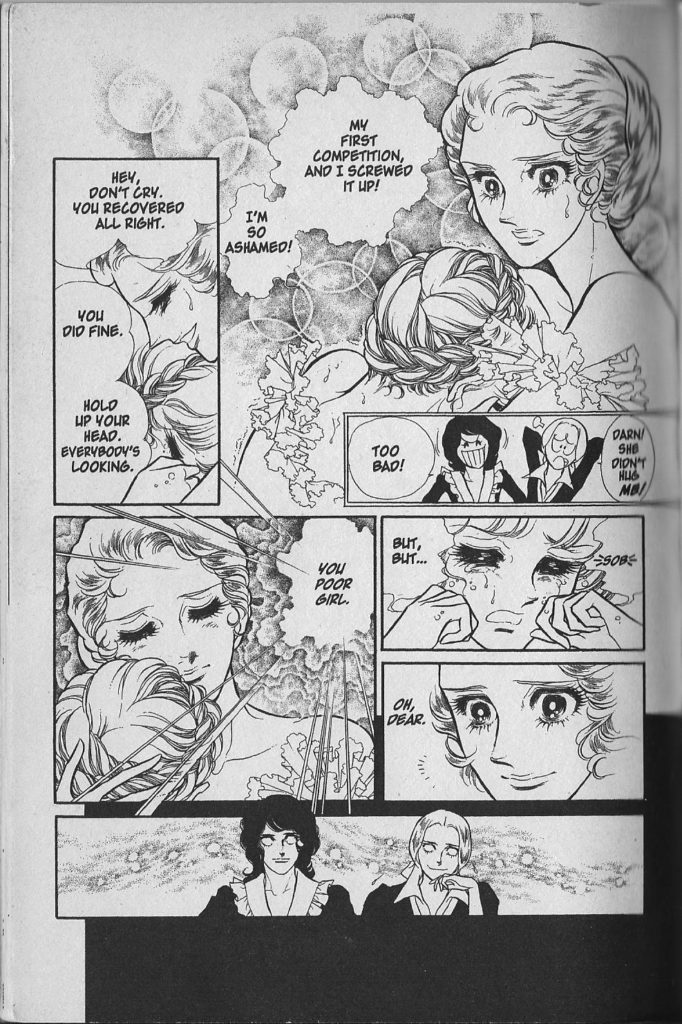
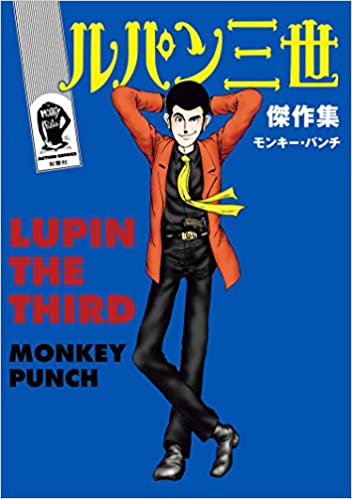
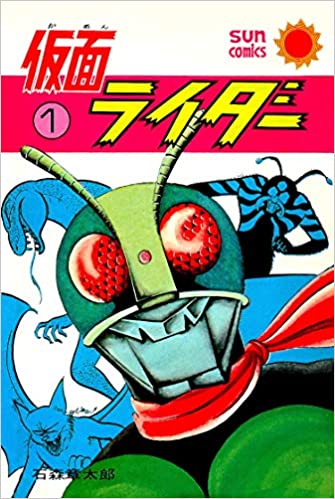
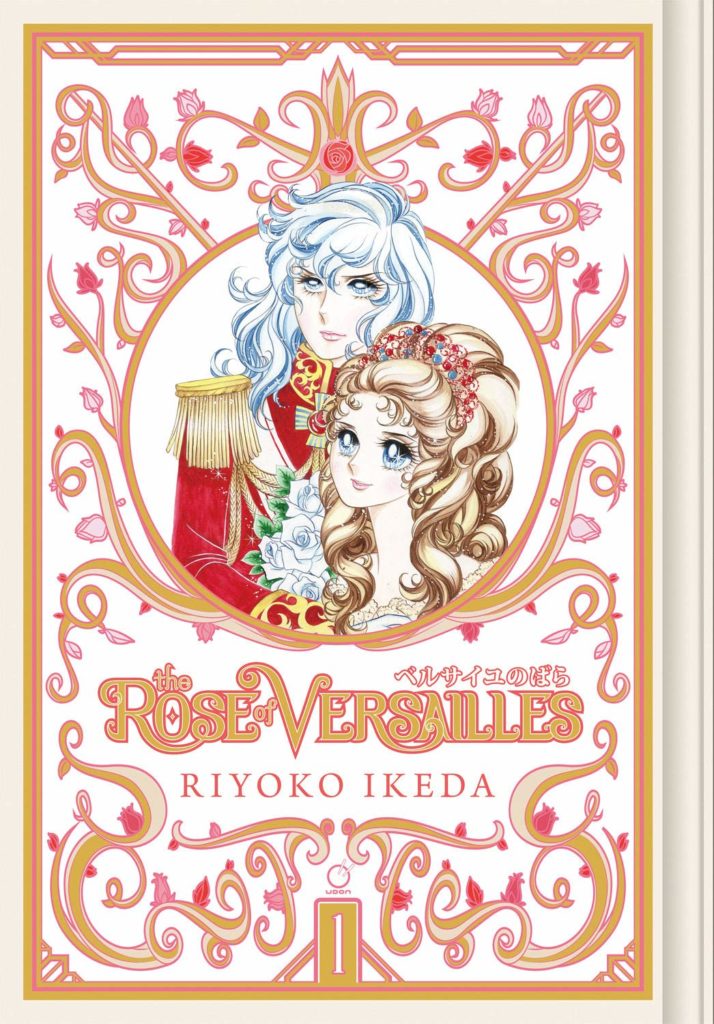
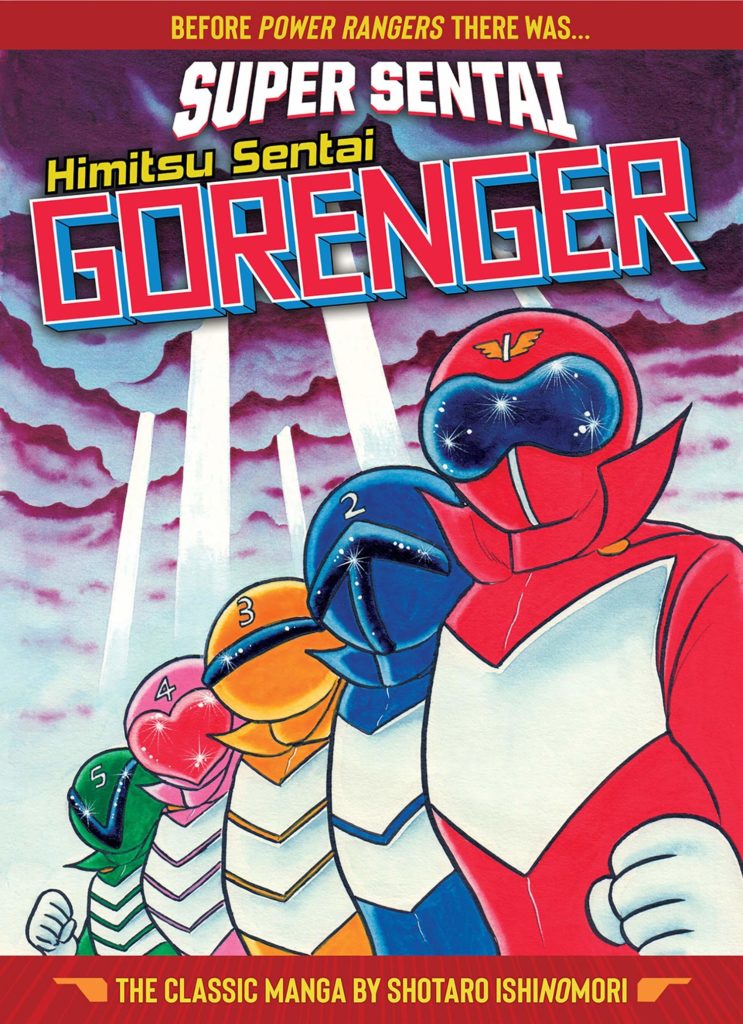
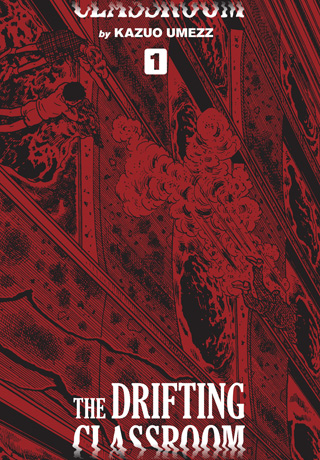
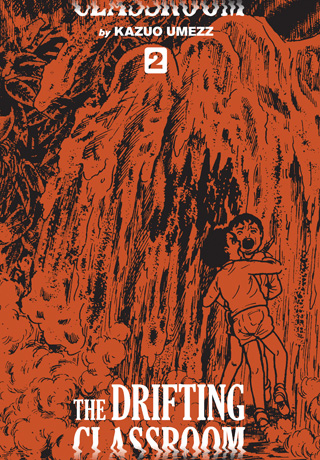
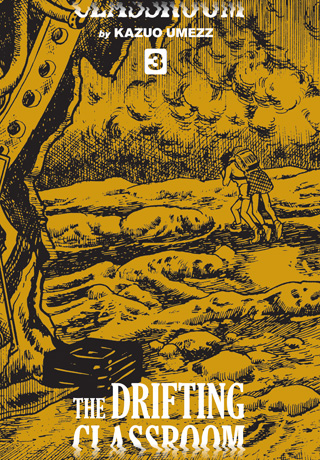
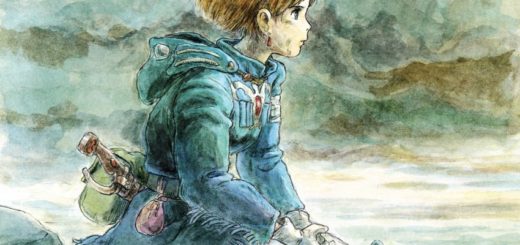
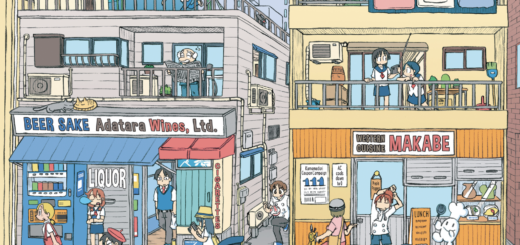
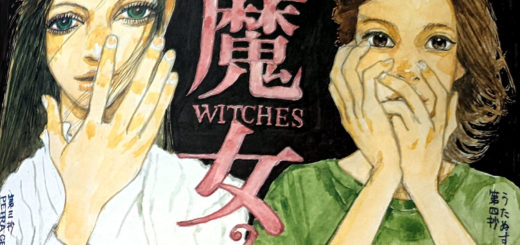
I agree with the crew that the jokes in the anime seems to work better than the comic. However, as soon as you hit the extra material in vol. 4, it becomes instantly hilarious again. It is that sudden. So it really is a matter of having heard the joke before. The pacing being different, the “right” joke is probably the one you heard first, and every other version is someone telling it wrong.
On the topic of pen names, it’s probably way more common in the Franco-Belgian comic scene. Georges Remi, who made Tintin, would go under the name Hergé which sounds like the letters RG in French, i.e. his initials backwards. Jidéhem, who did Gaston for a long time, also used the phonetic pronunciation of his initials (Jean De Mesmaeker), (there was also a recurring foil in the stips called De Mesmaeker). There’s also Kevin Hérault or Trantkat (a misspelling of 34), and of course you mentioned Jean Giraud. Honestly, I’d just assume it more likely that a francophone comics professional is using a pseudonym than not.
Excellent episode as usual. I’m guessing that none of the hosts have read Still Sick, because if anyone had, it would certainly have come up in either this episode or the previous one. It’s an LGBT romance, it’s about grown adults who work in an office and have grown adult problems, it’s about making manga, and it’s also just generally excellent. Come to think of it, that has to be some kind of Mangasplaining bingo, so it’s actually a bit surprising if none of the hosts have read it.
A comment about pseudonyms online from someone who has been online since BBSs and Gopher:
So, yeah, in the 1990s everyone used pseudonyms and manga and anime fandom online was filled with “Tamahomi no Miko”s. But those of us who were moderators and senior contributors on Usenet saw using one’s own name as a badge of honor, validity and toughness (because of COURSE online harassment existed then, too, especially if you were a non-white, non-straight, non-man) many of us used our own names to stare down the hordes. We put ourselves out there as a shield for people who couldn’t. It was my conscious decision to do that as early as the mid-90s. I remember asking my wife if she was comfortable with being outed, since I was going to be publicly out from day one online. Being a Usenet Moderator was a bloody crucible for a lot of us and the group I moderated was the total sausage fest of rec.arts.martial-arts. Crazy days.
I agree with Chip wholeheartedly that now that if you’re putting work out there using a real-name pseudonym makes sense, especially if you don’t want to/can’t/won’t put yourself on the chopping block. It’s also good business sense.
Great podcast as always. Gonna agree that the anime timing really works for that joke.
I really enjoy this show. Looking forward so much to you all talking about BL Metamorphosis.
I’ve watched the Monthly Girls’ Nozaki-kun anime before and loved it. I haven’t read this manga and I’m a little disappointed to hear your opinions that it’s not as good as the anime. But, just from reading the sample pages you posted, I do kind of get that feeling too. I can’t wait to hear what Chip has to say about it.
By the way, you mention a few times that the anime is on Netflix, but for those who aren’t subscribers, it’s also on Crunchyroll for free (in some territories).
Here is my Pop Team Epic story. On one of my trips to Tokyo my usual travel buddy Steven and I did a walk fro north of the Imperial palace to south of it along the moats on the west side. We started by Yasukuni Shrine (which we did not visit) and not only walked along the moats but regularly did side trips into nearby streets, As we were leaving the area near the National Theater what did I spot but one of those old San Francisco cable cars that had been converted for road use, the kind tours are done with. On the side was a full sized add of the girls from Pop Team Epic flipping the bird.